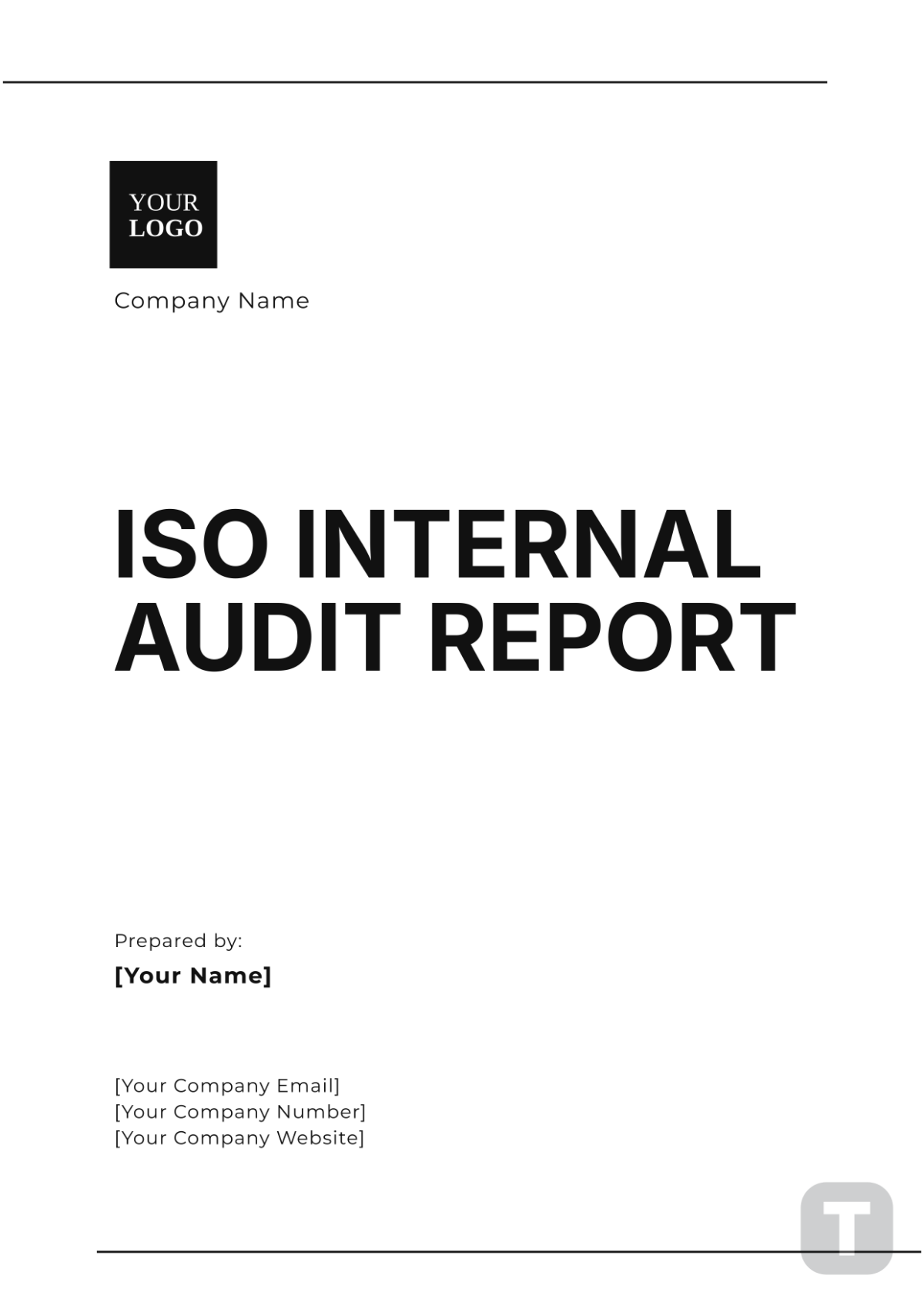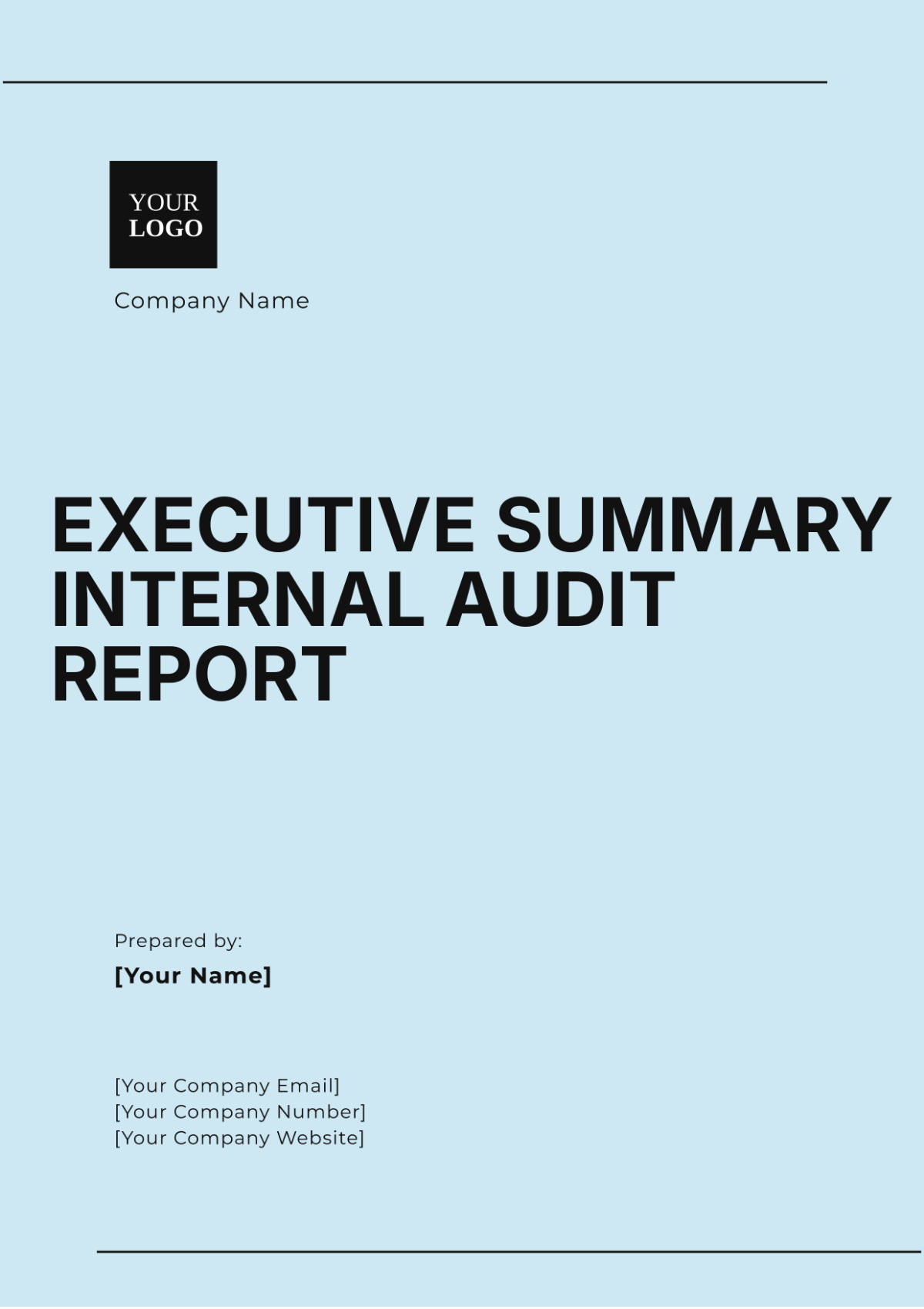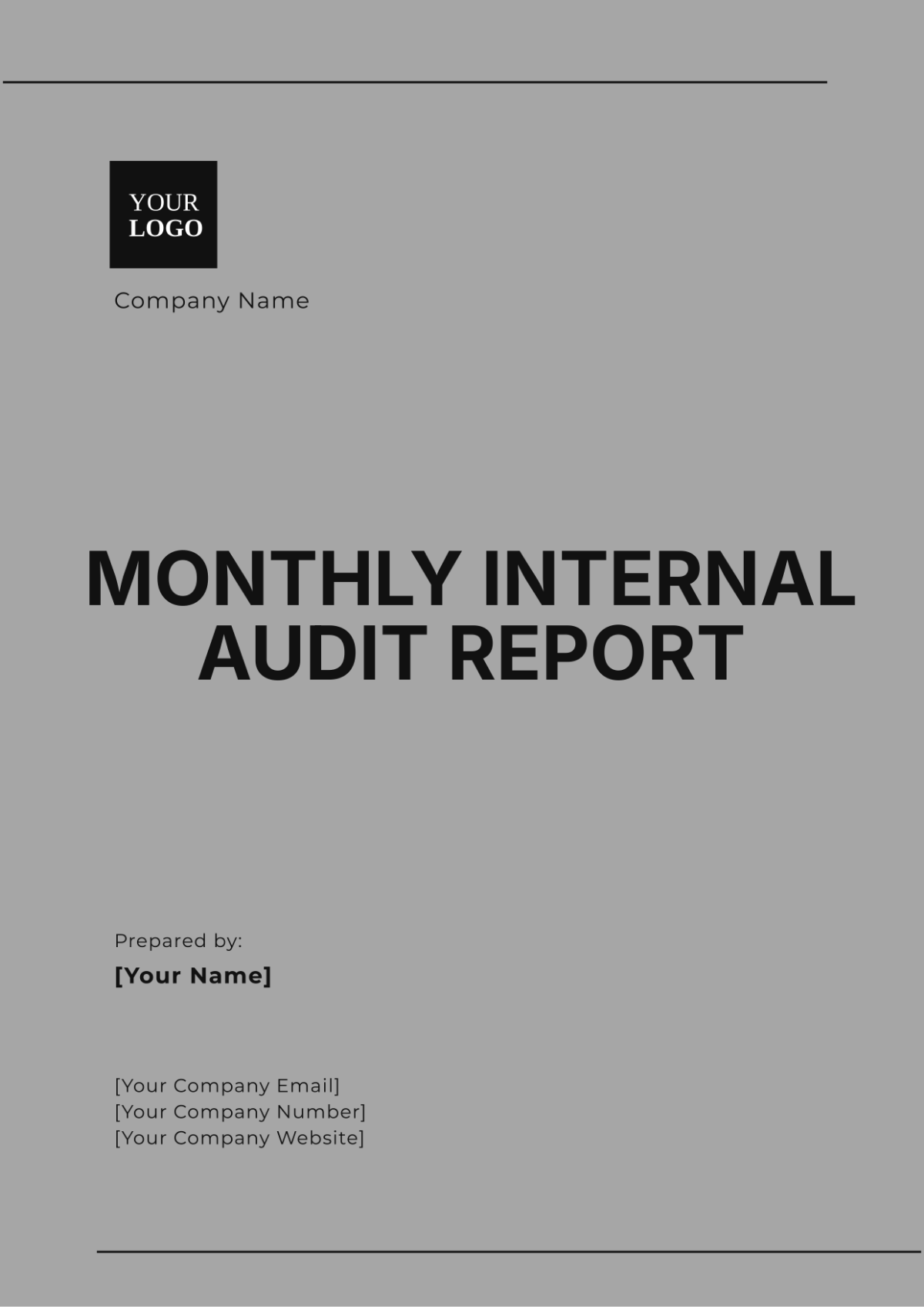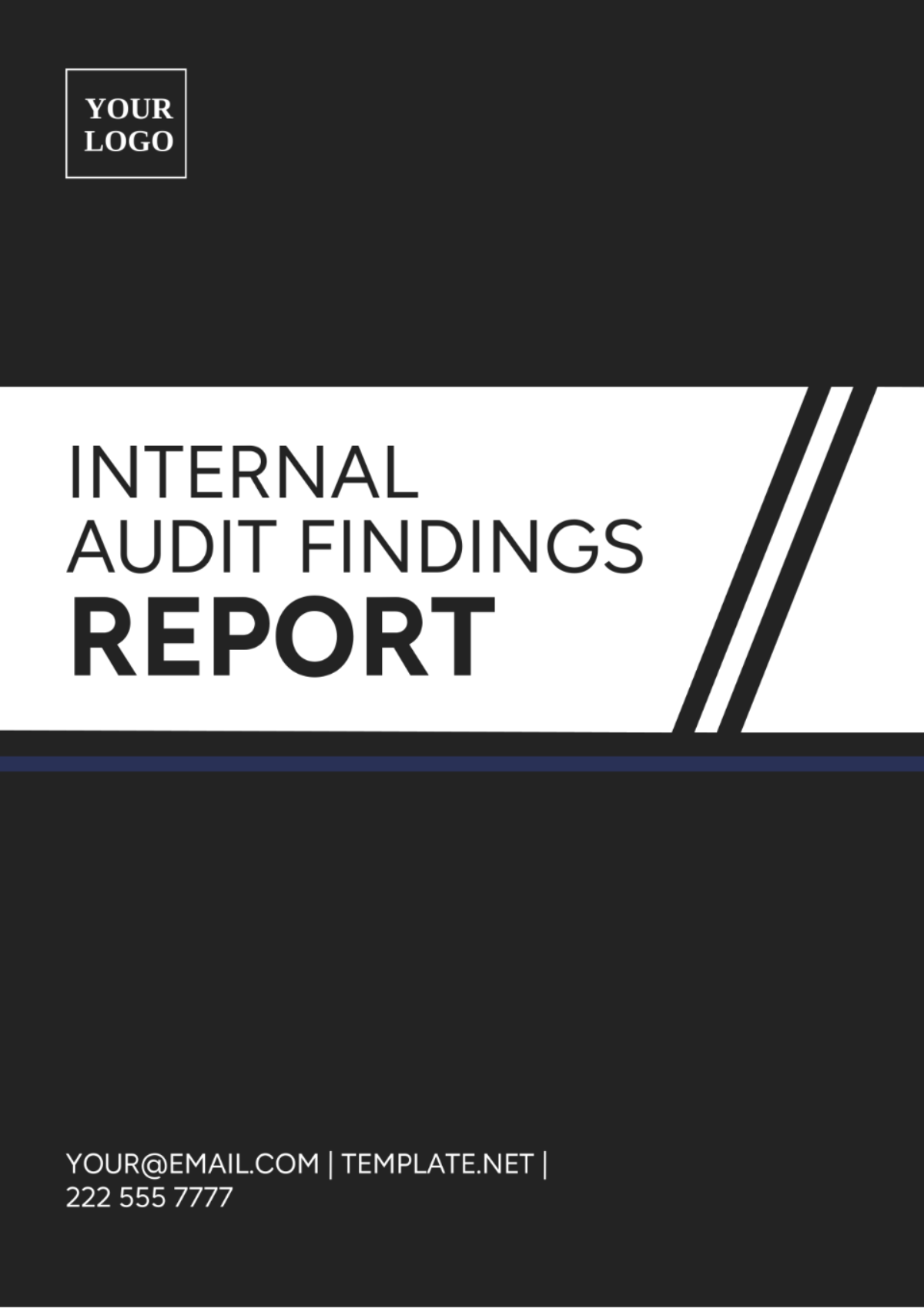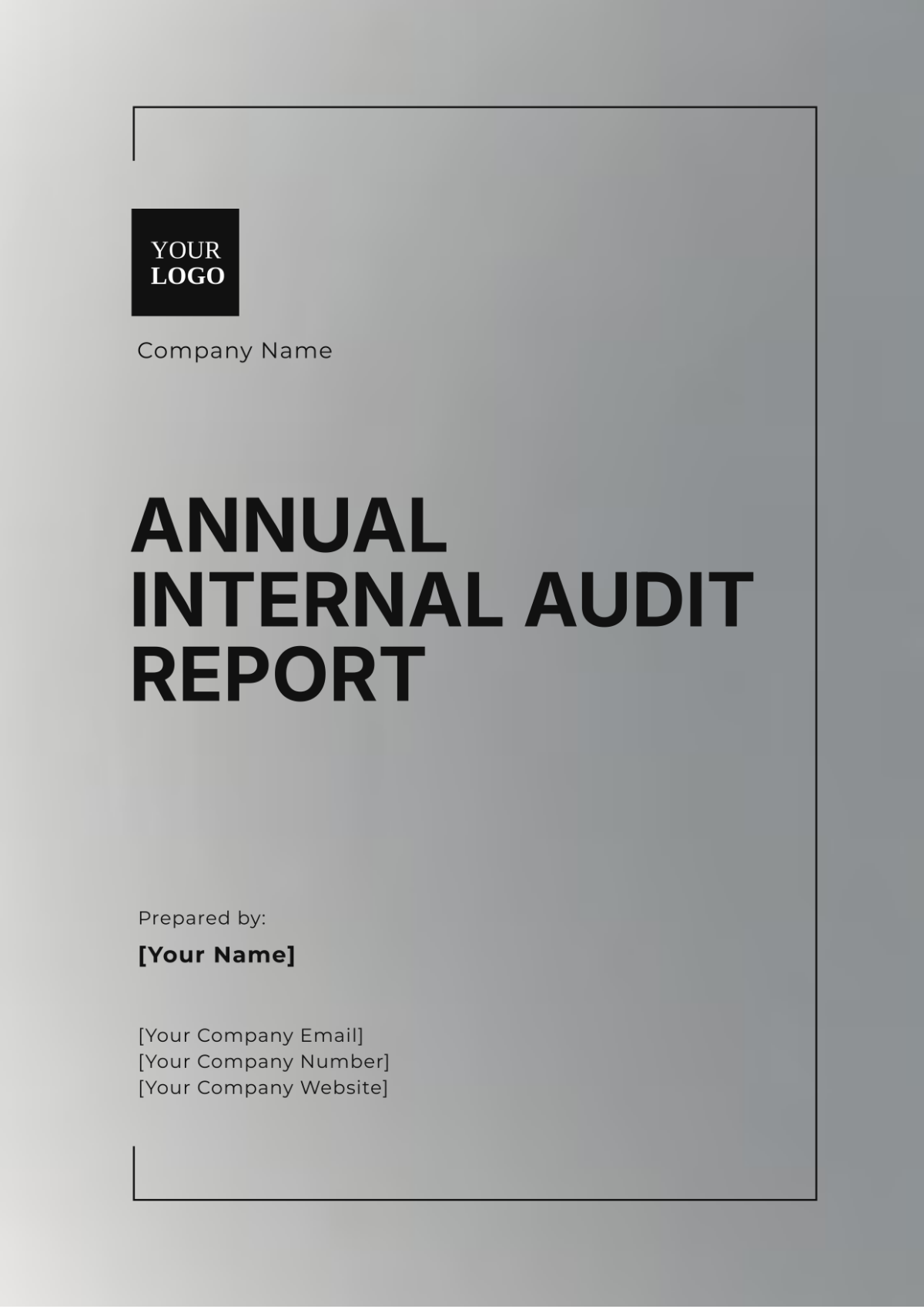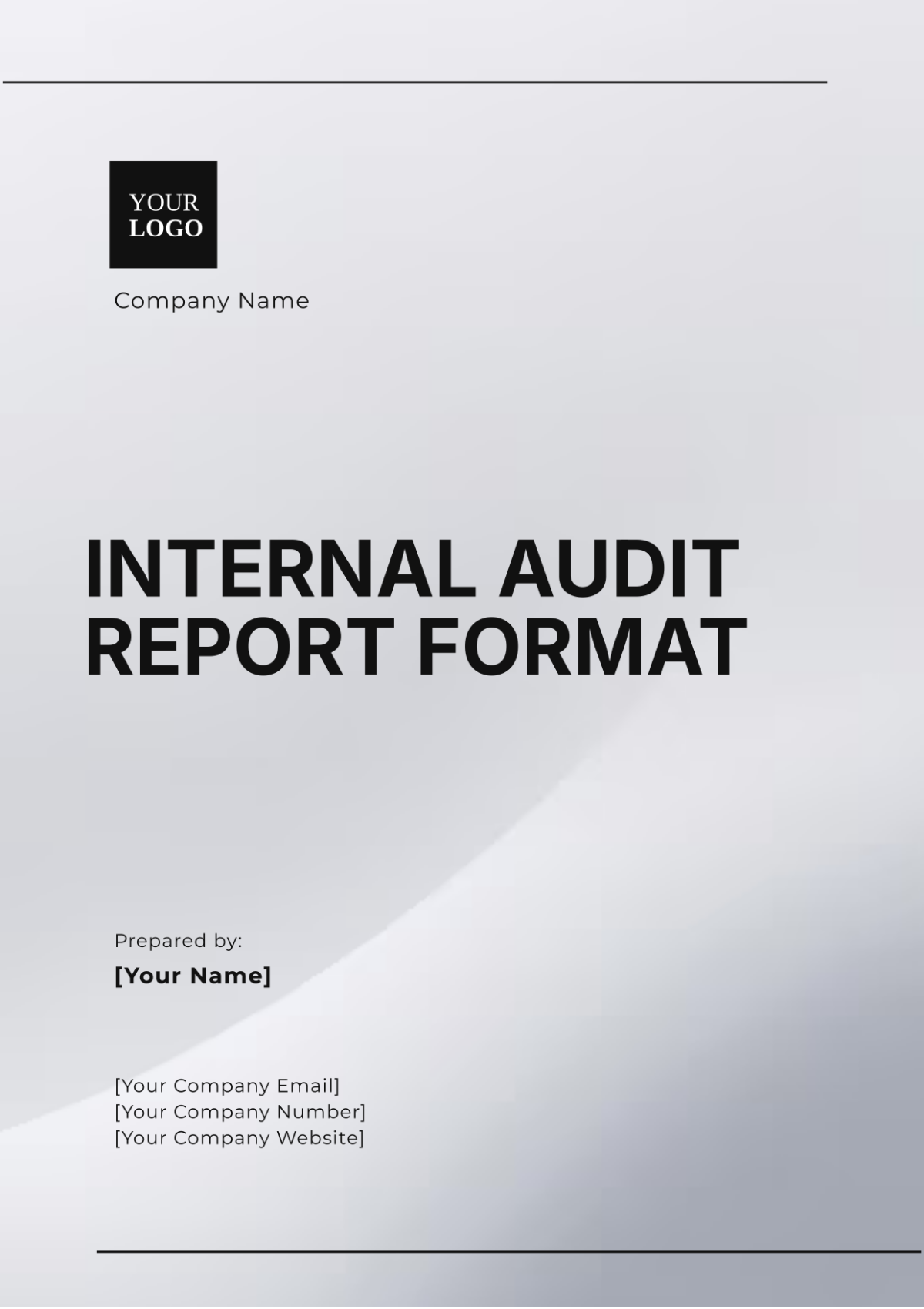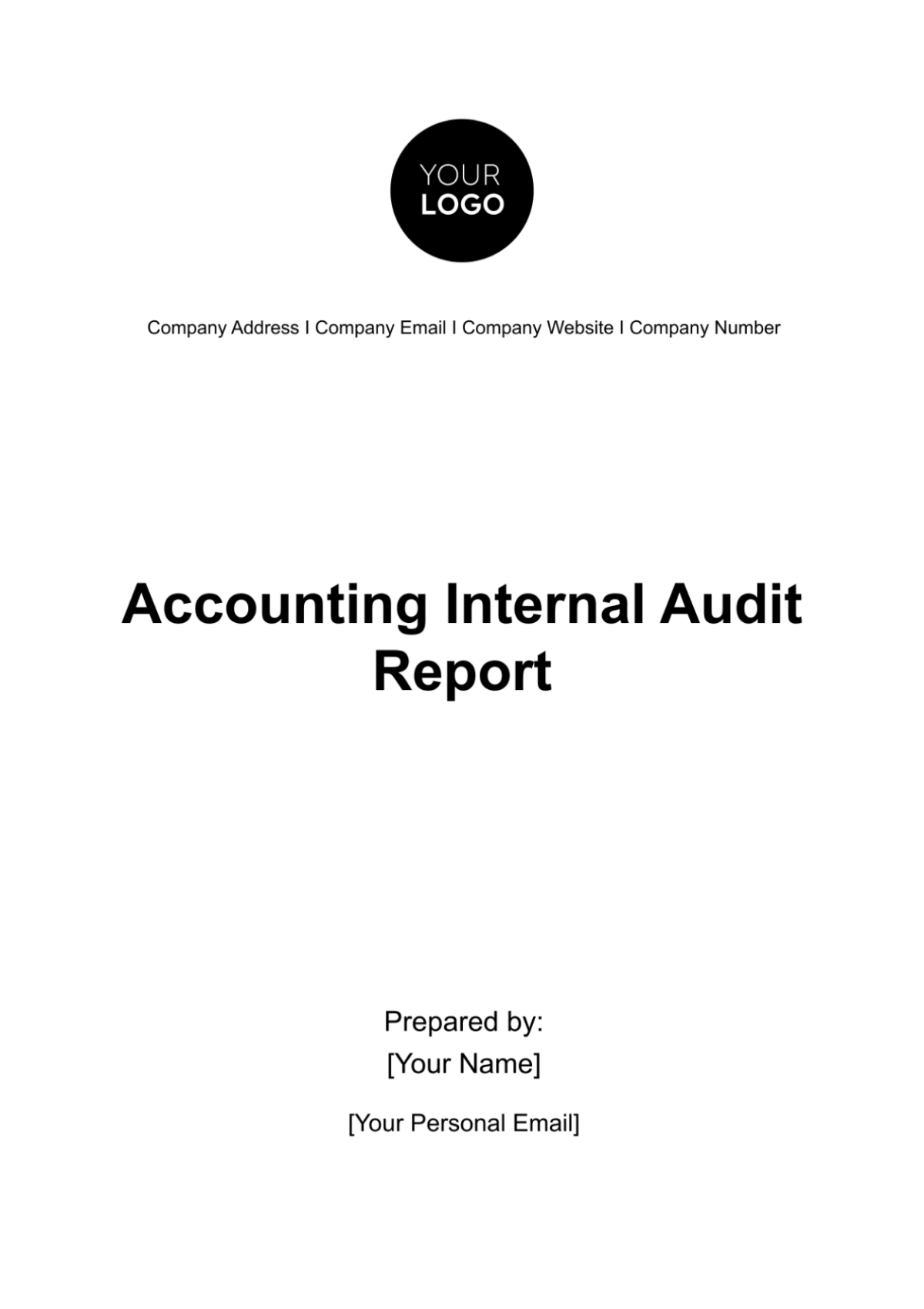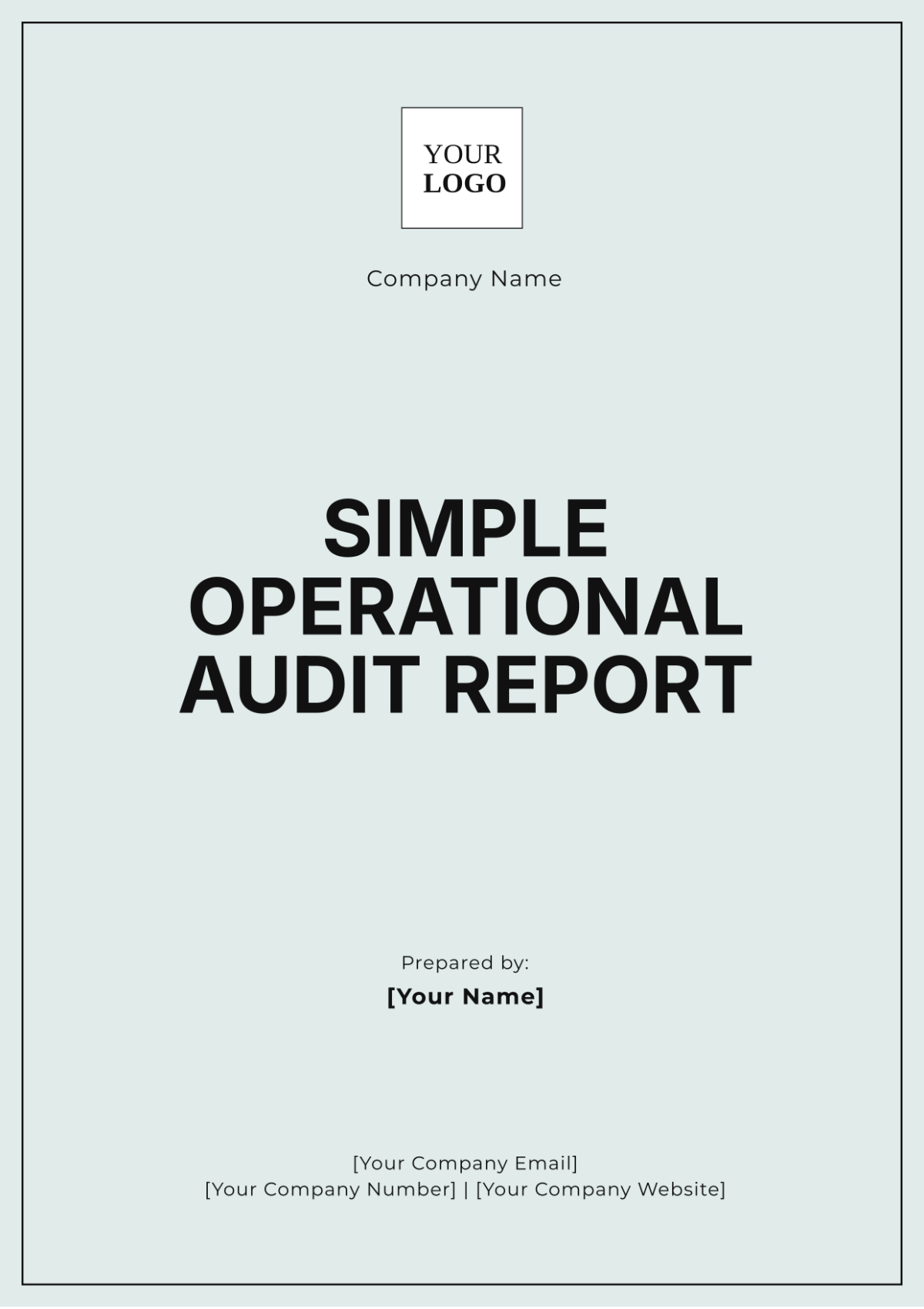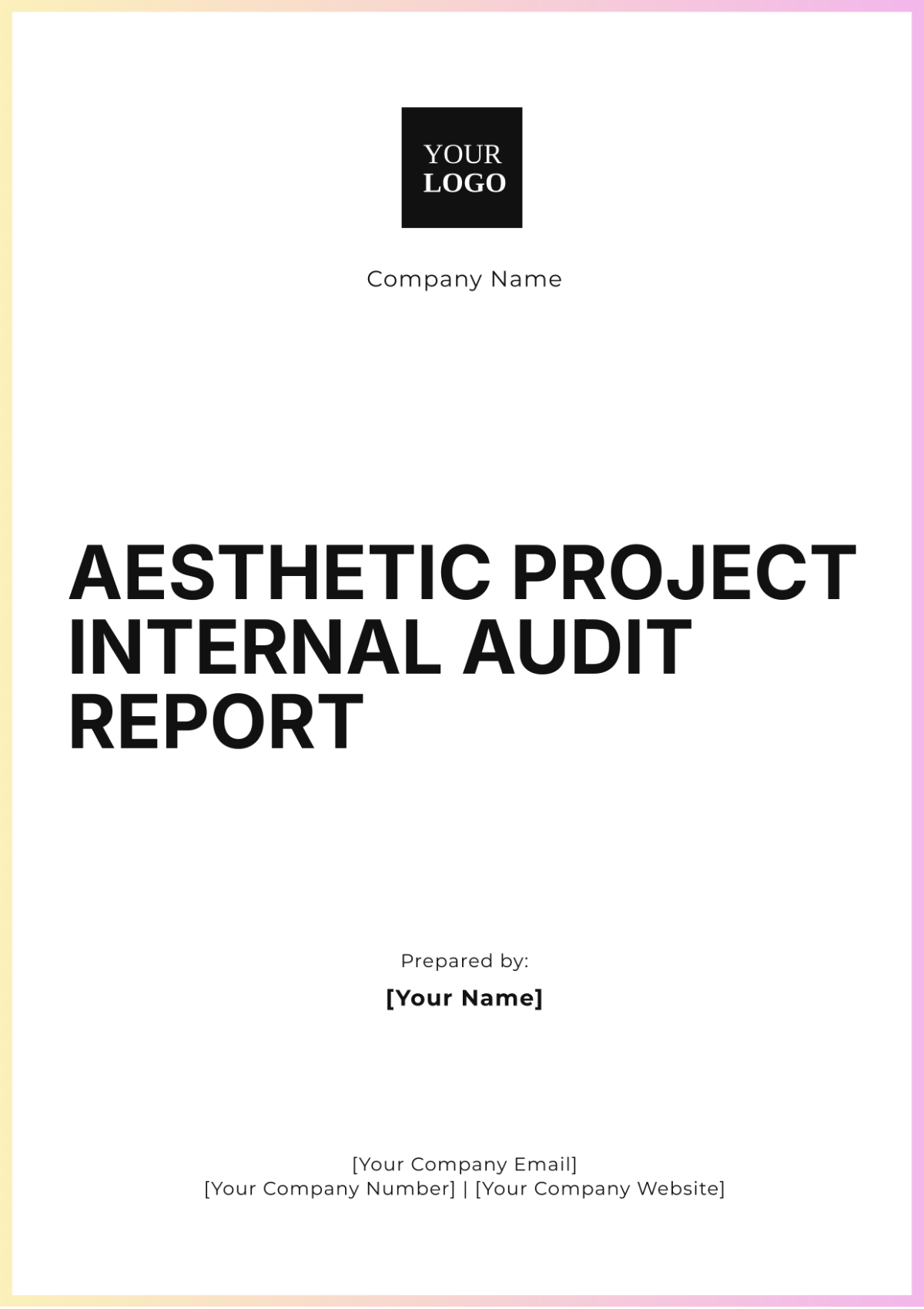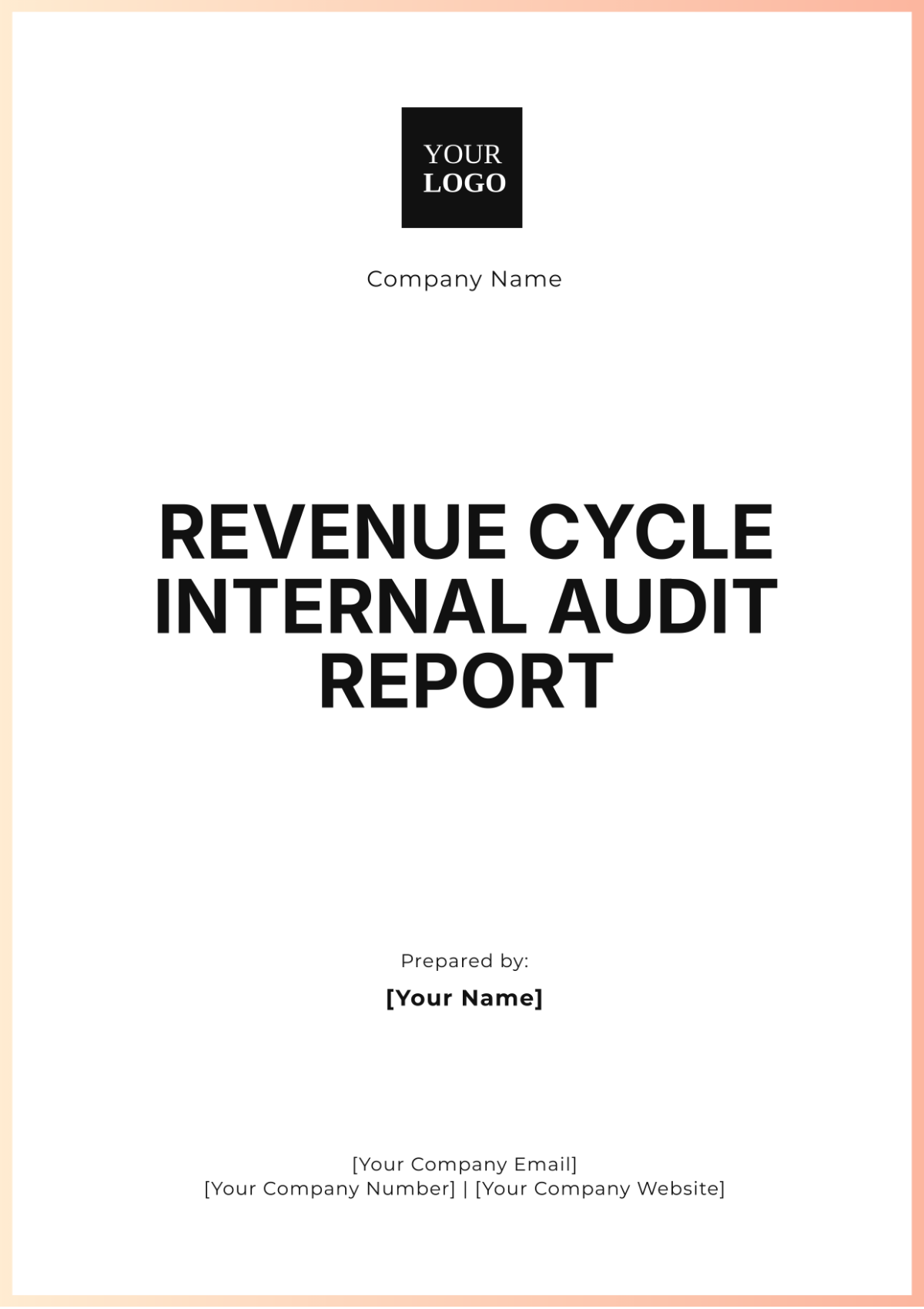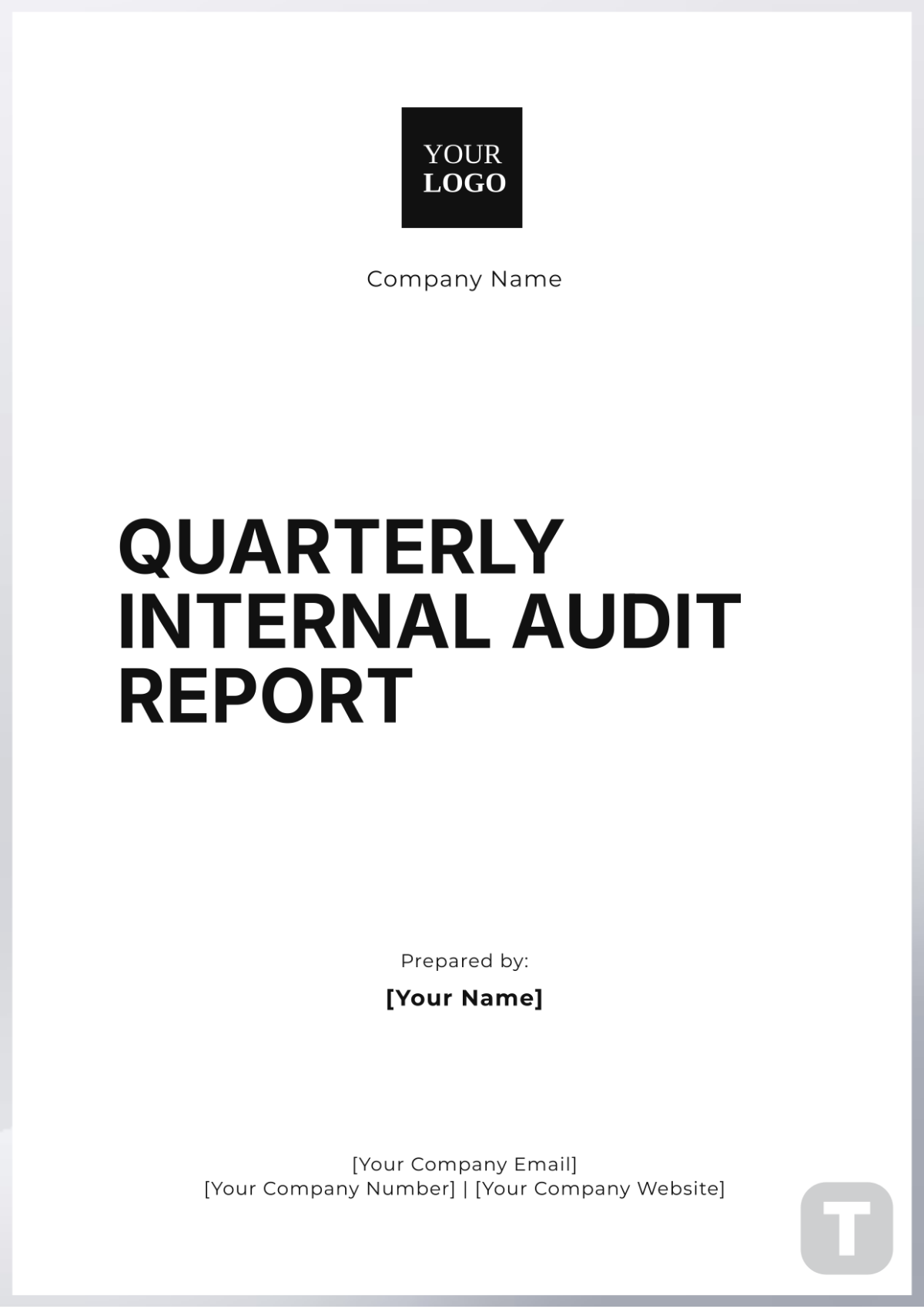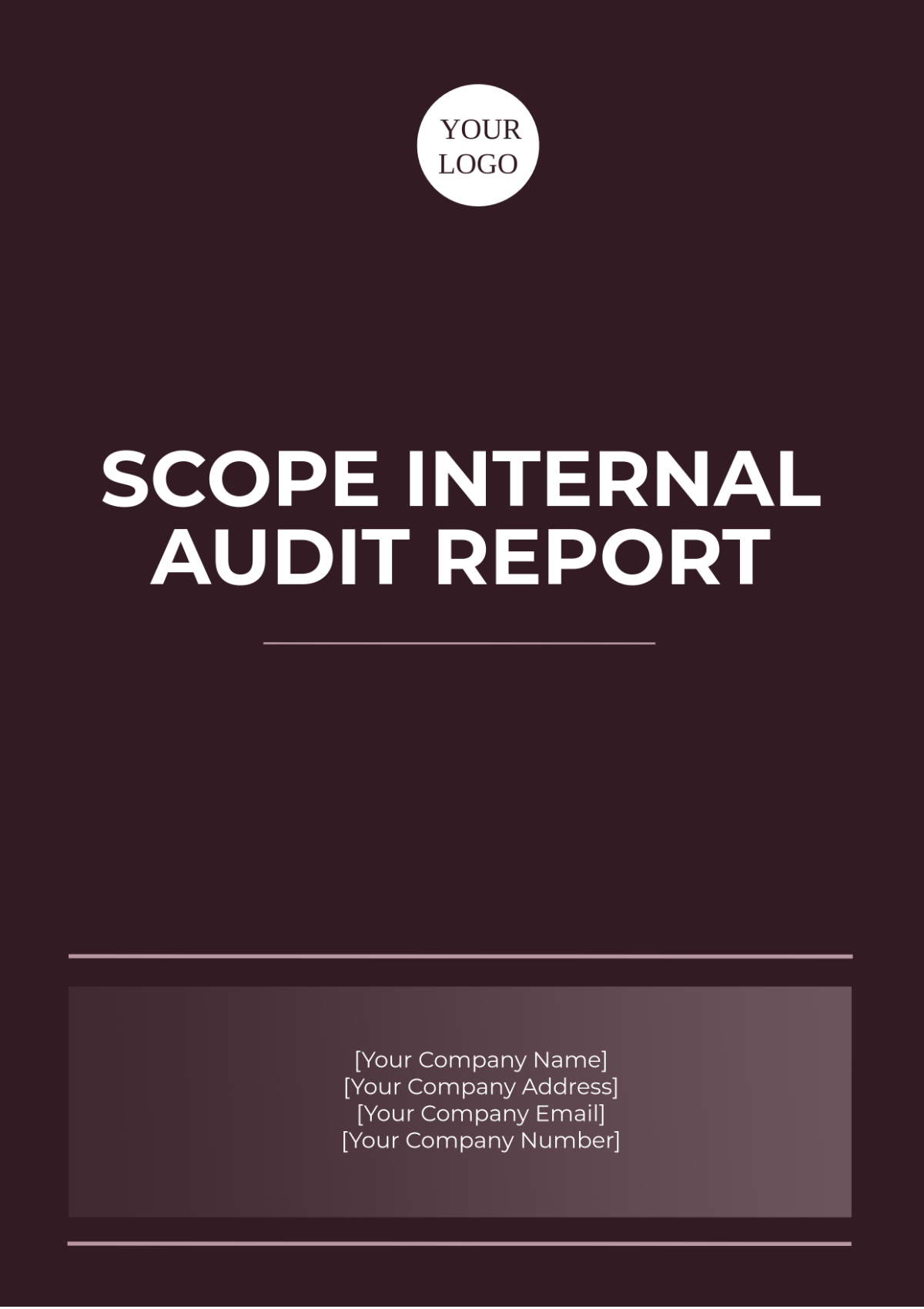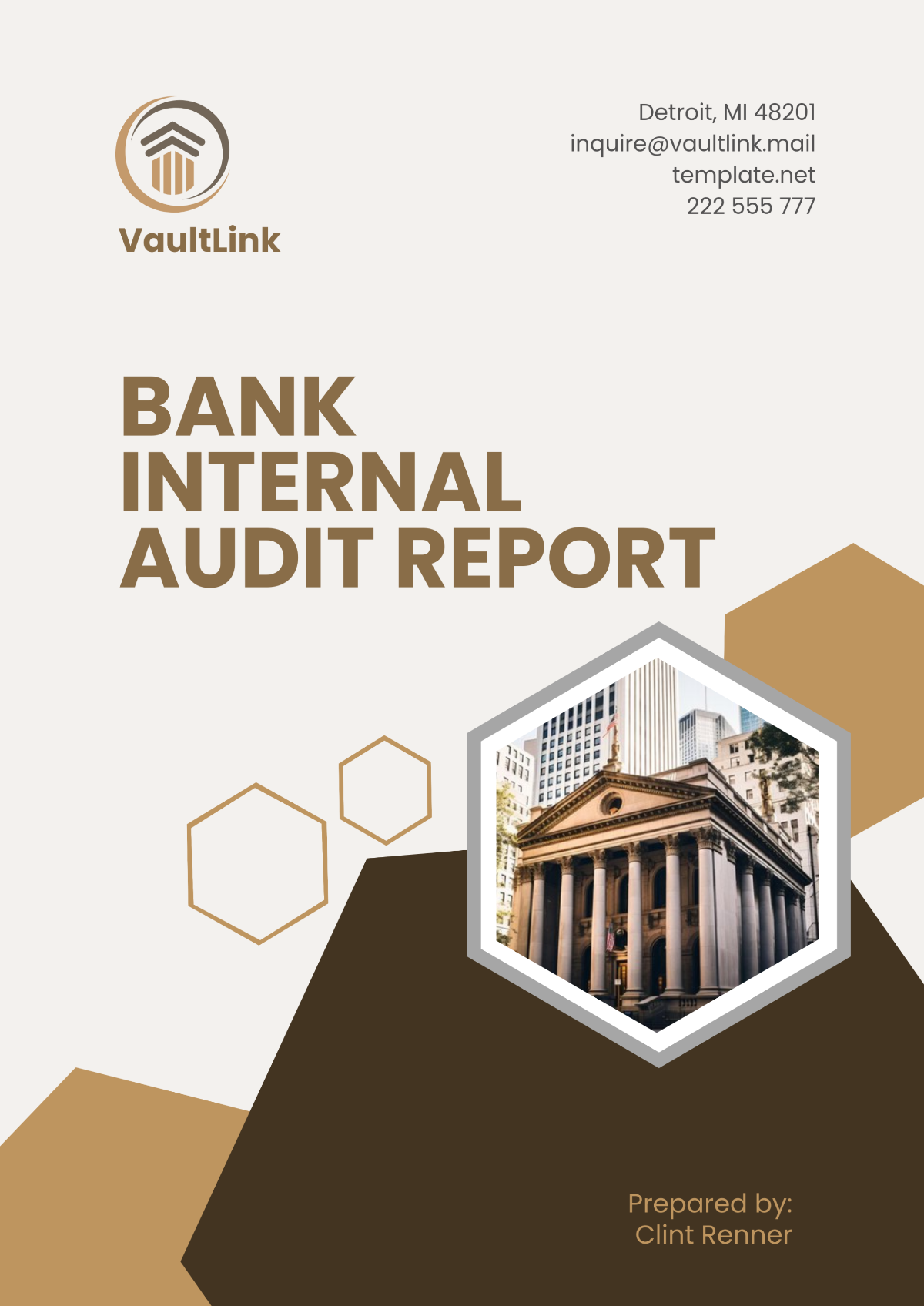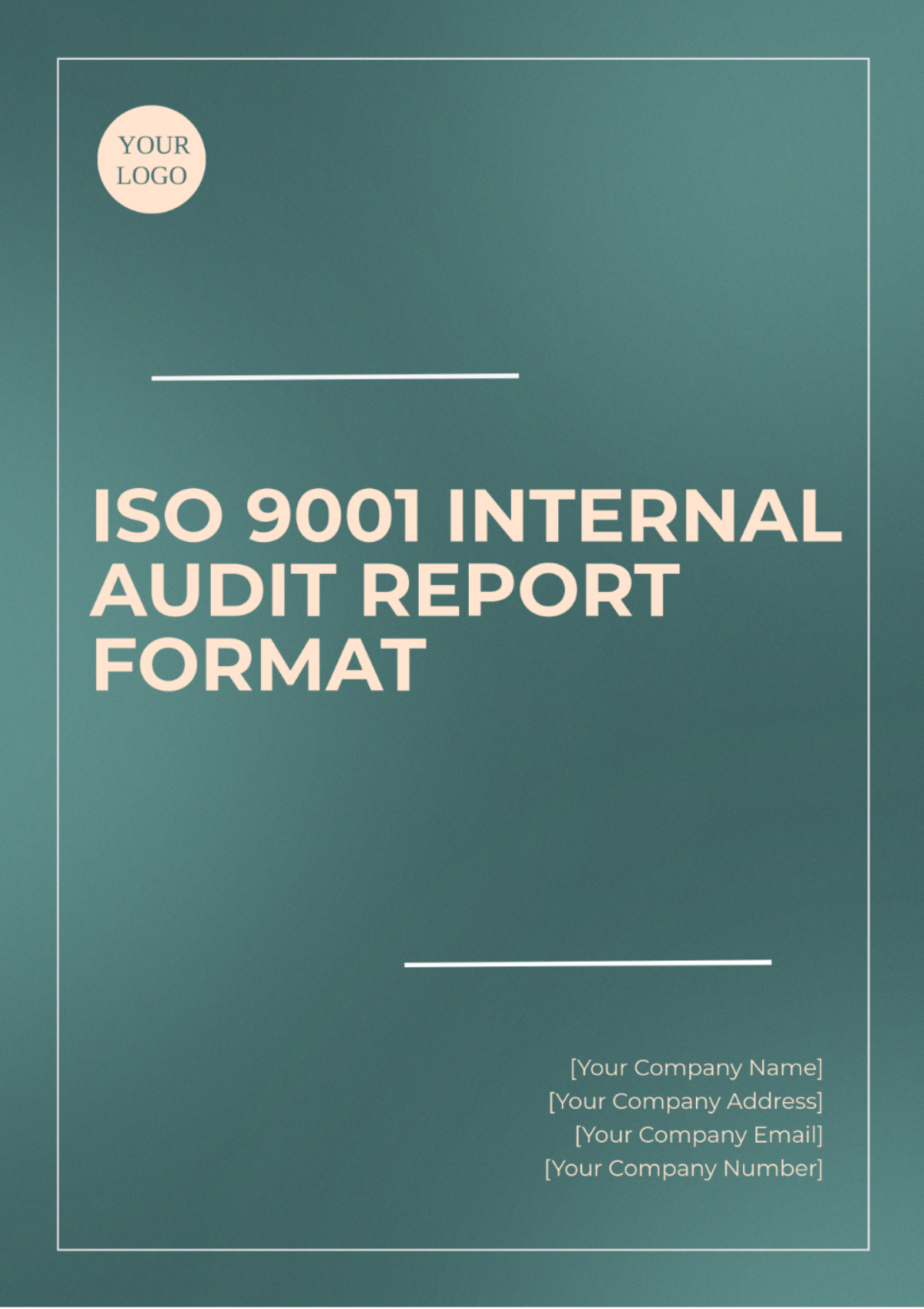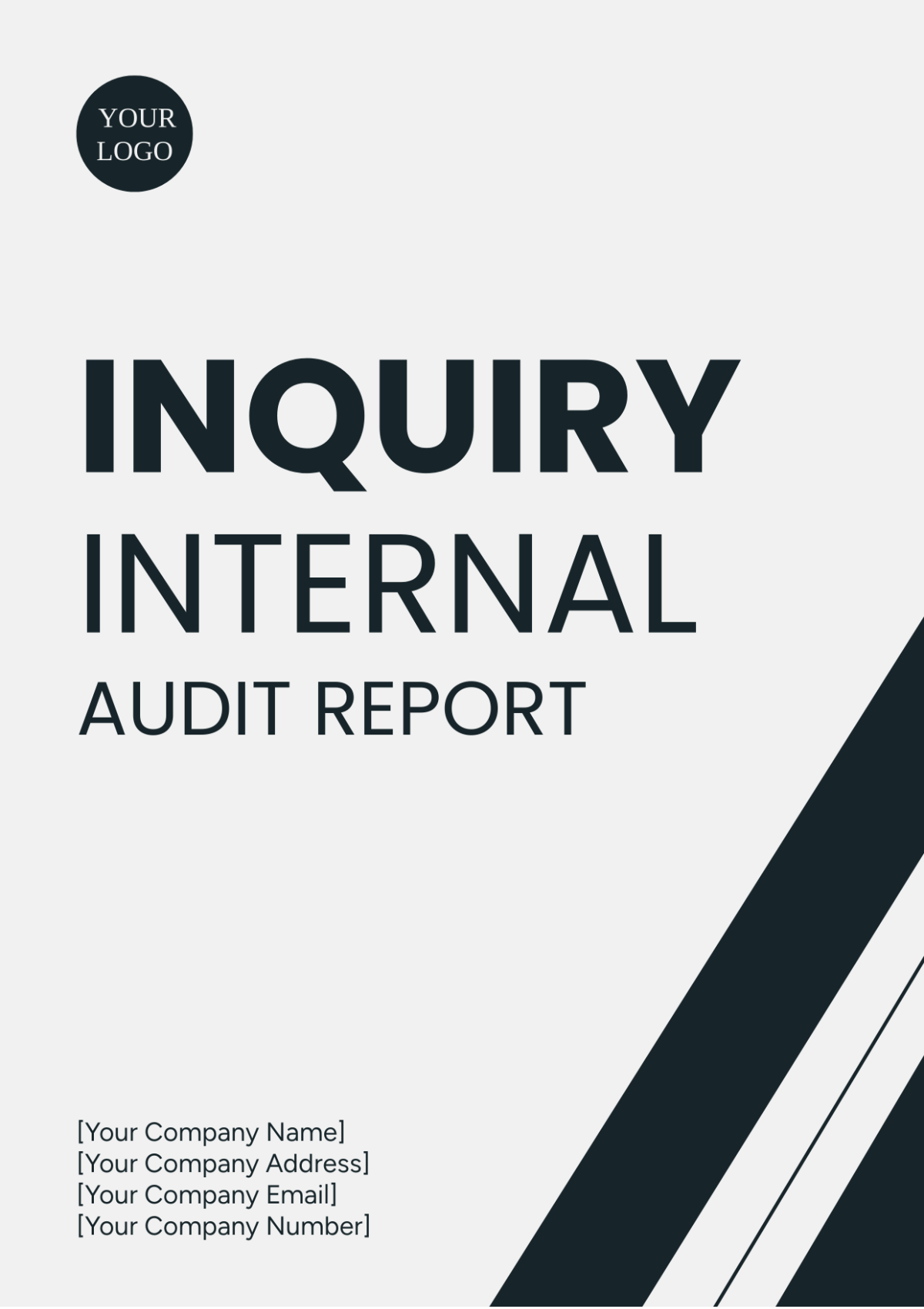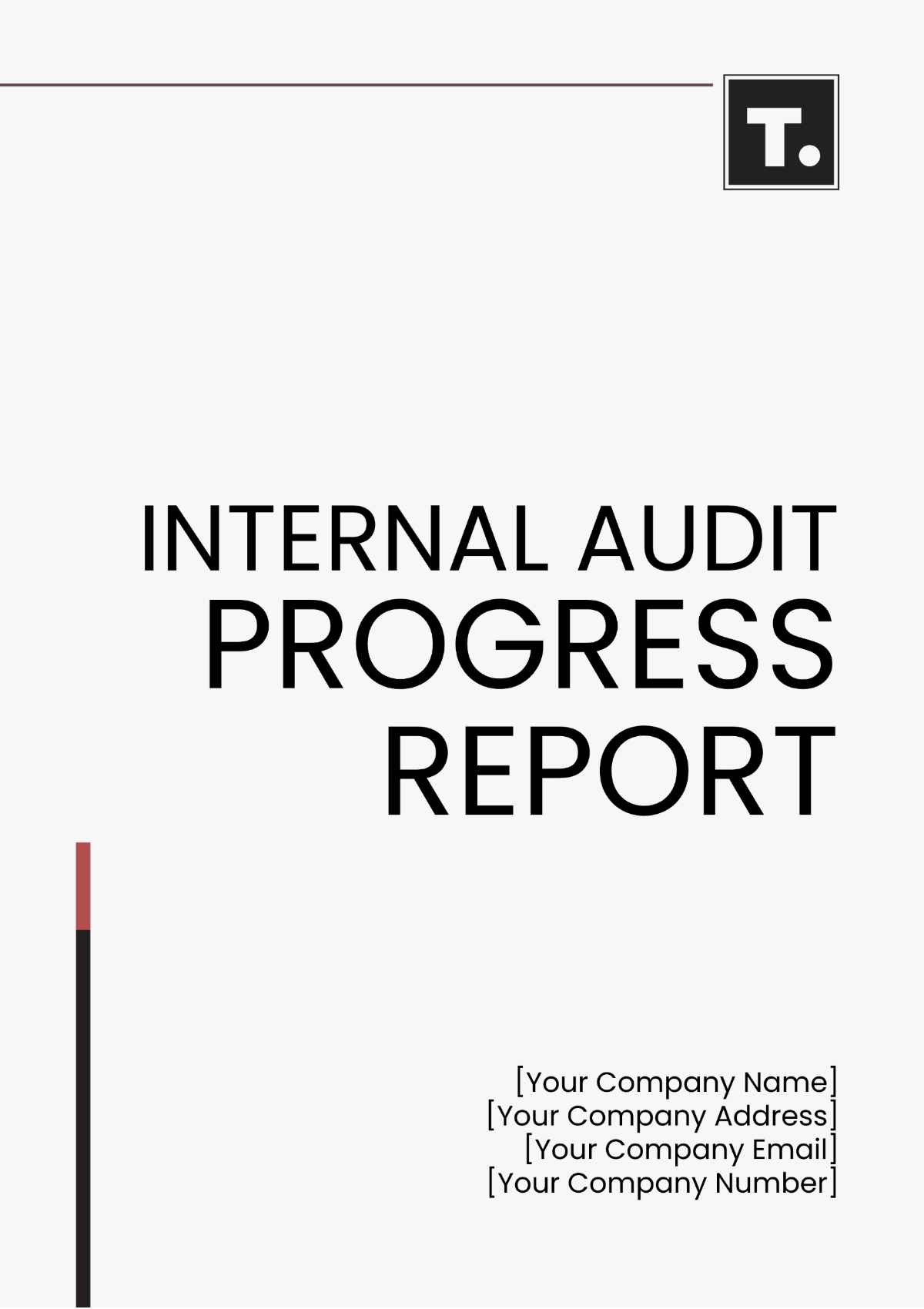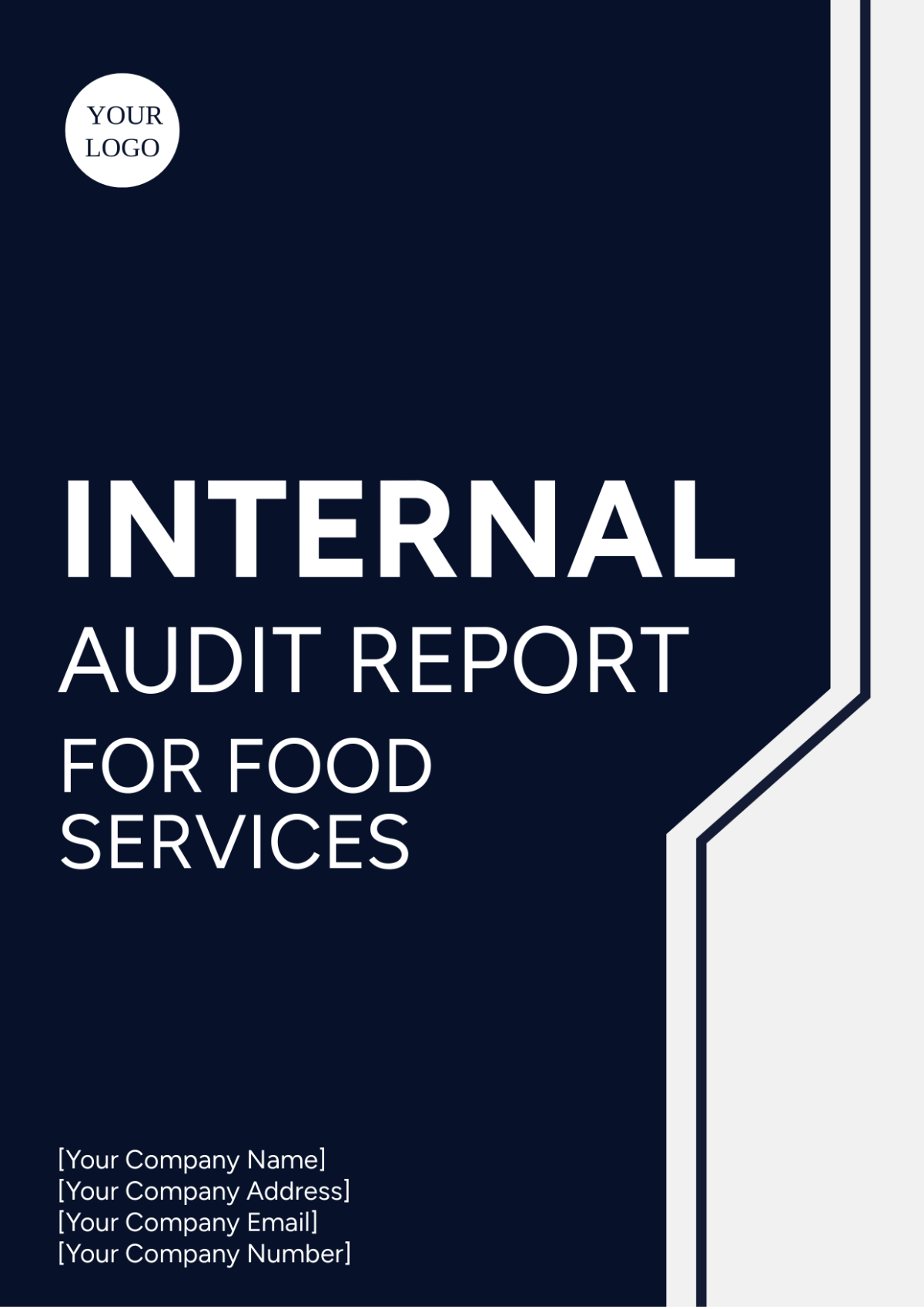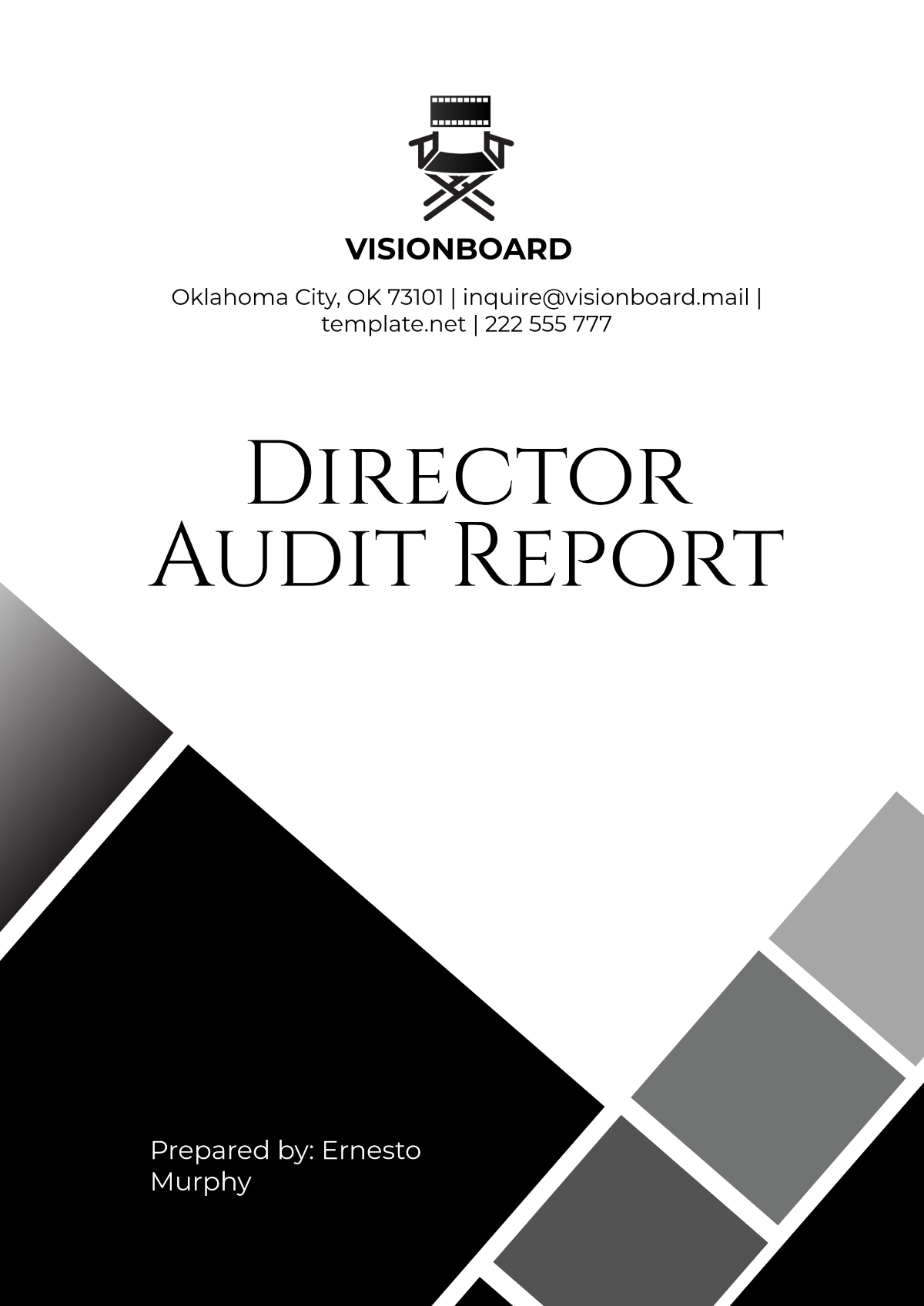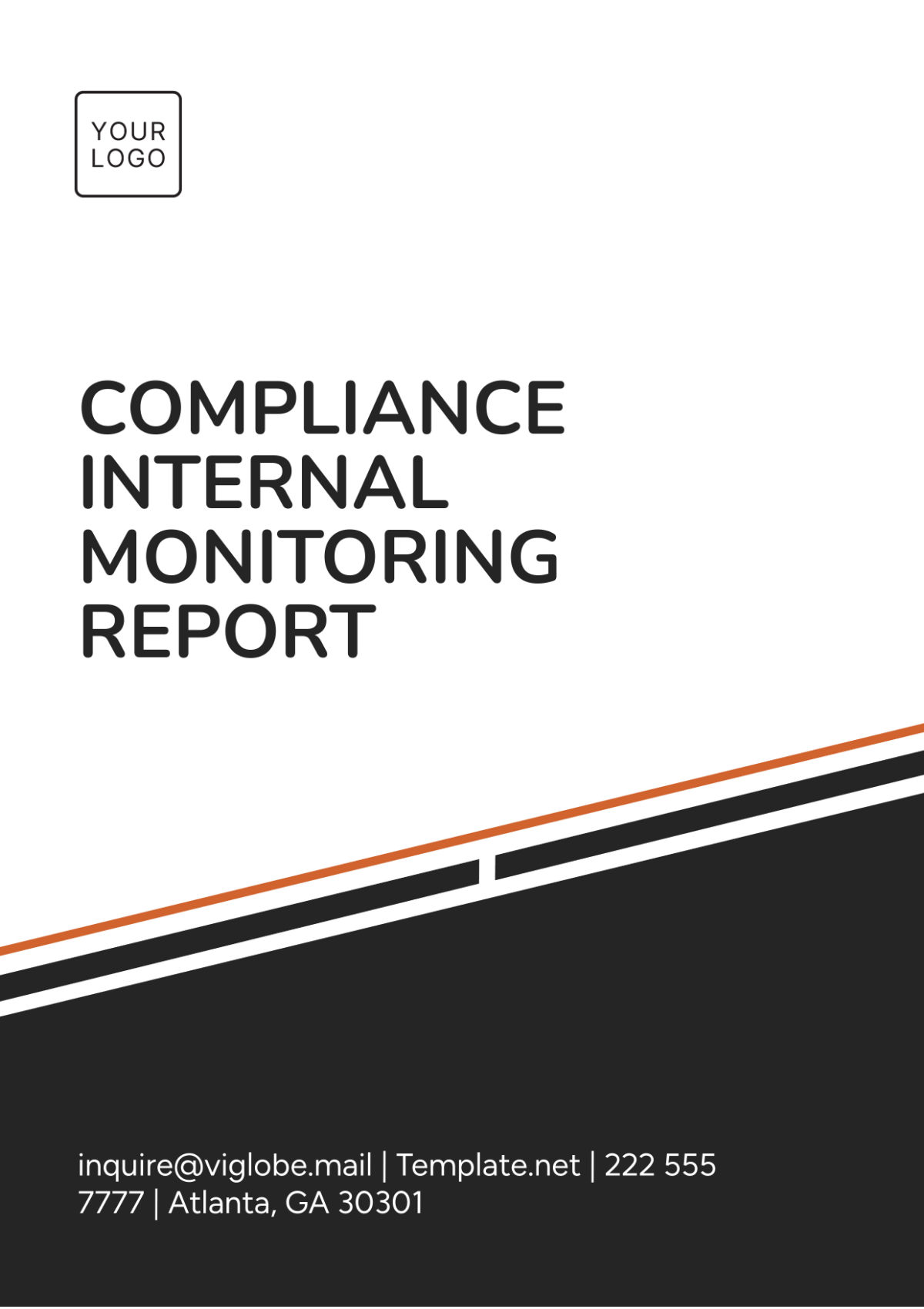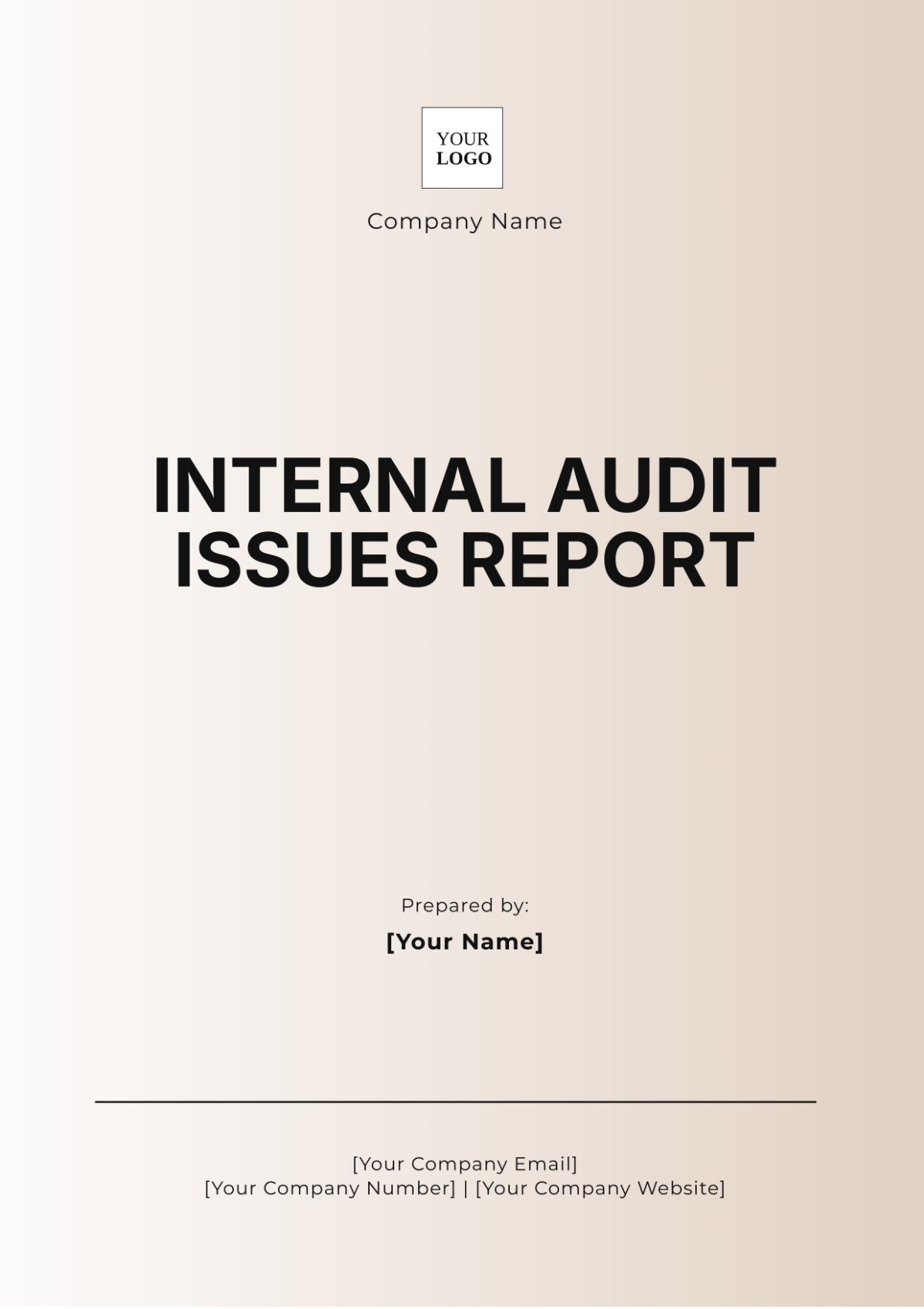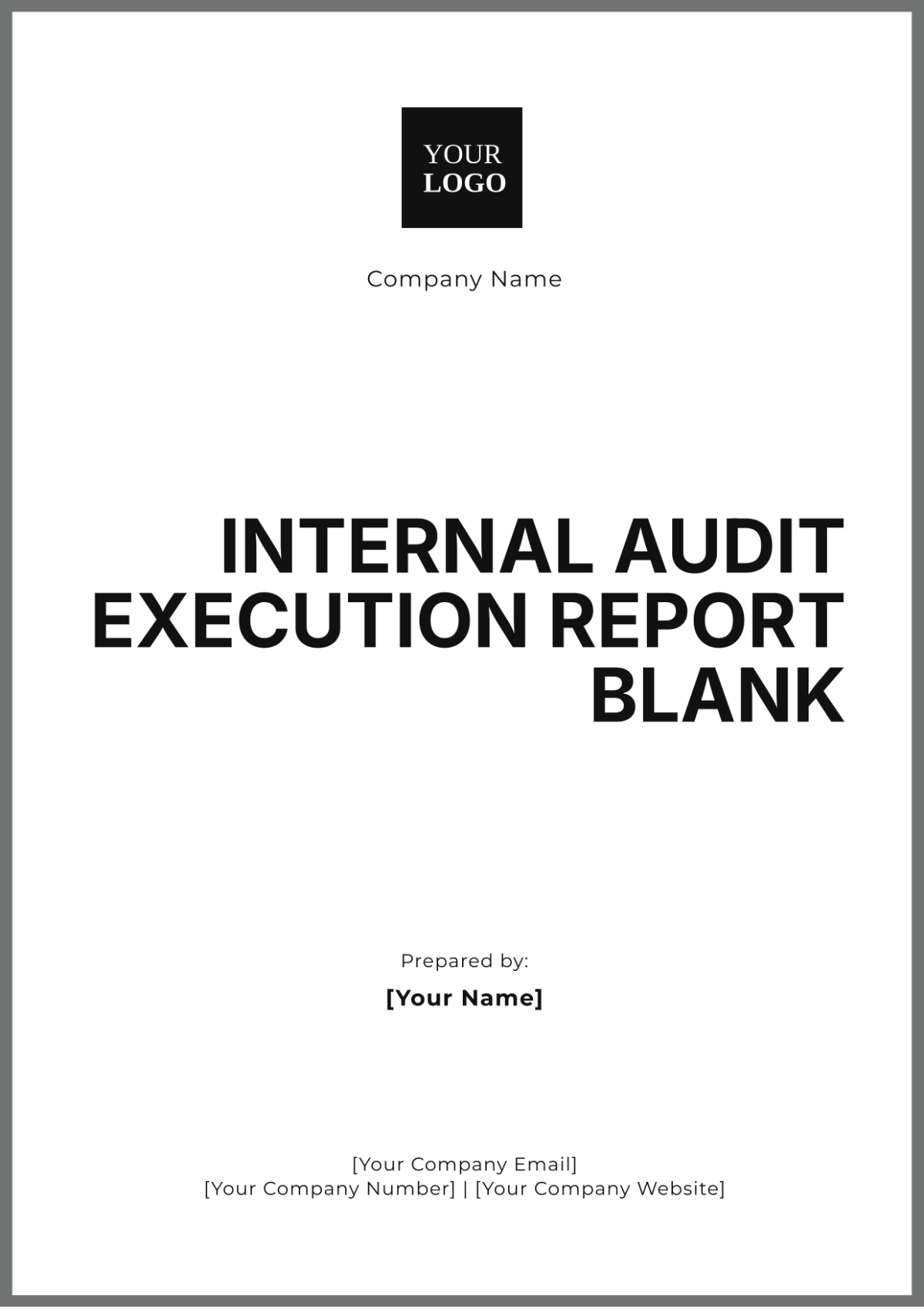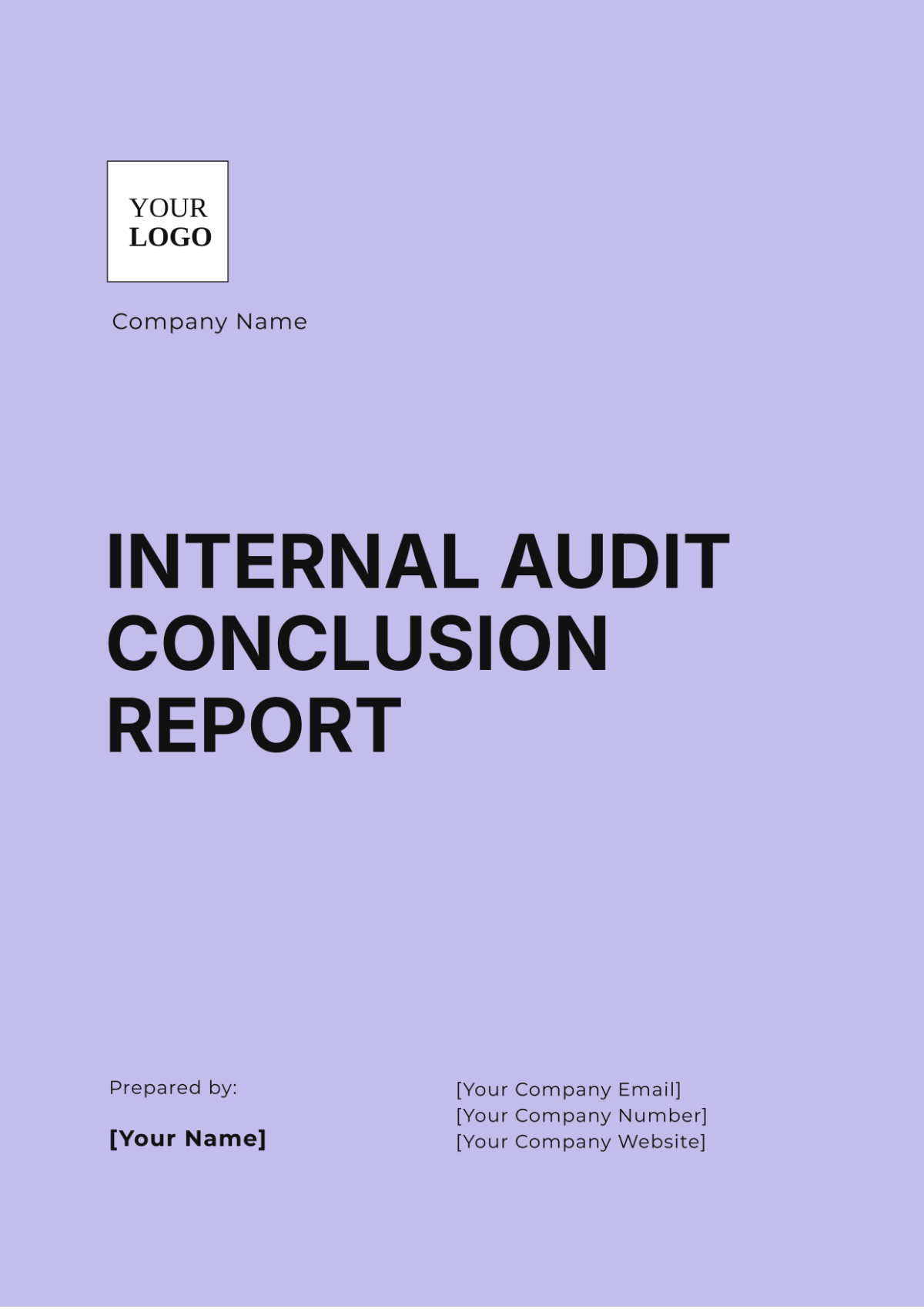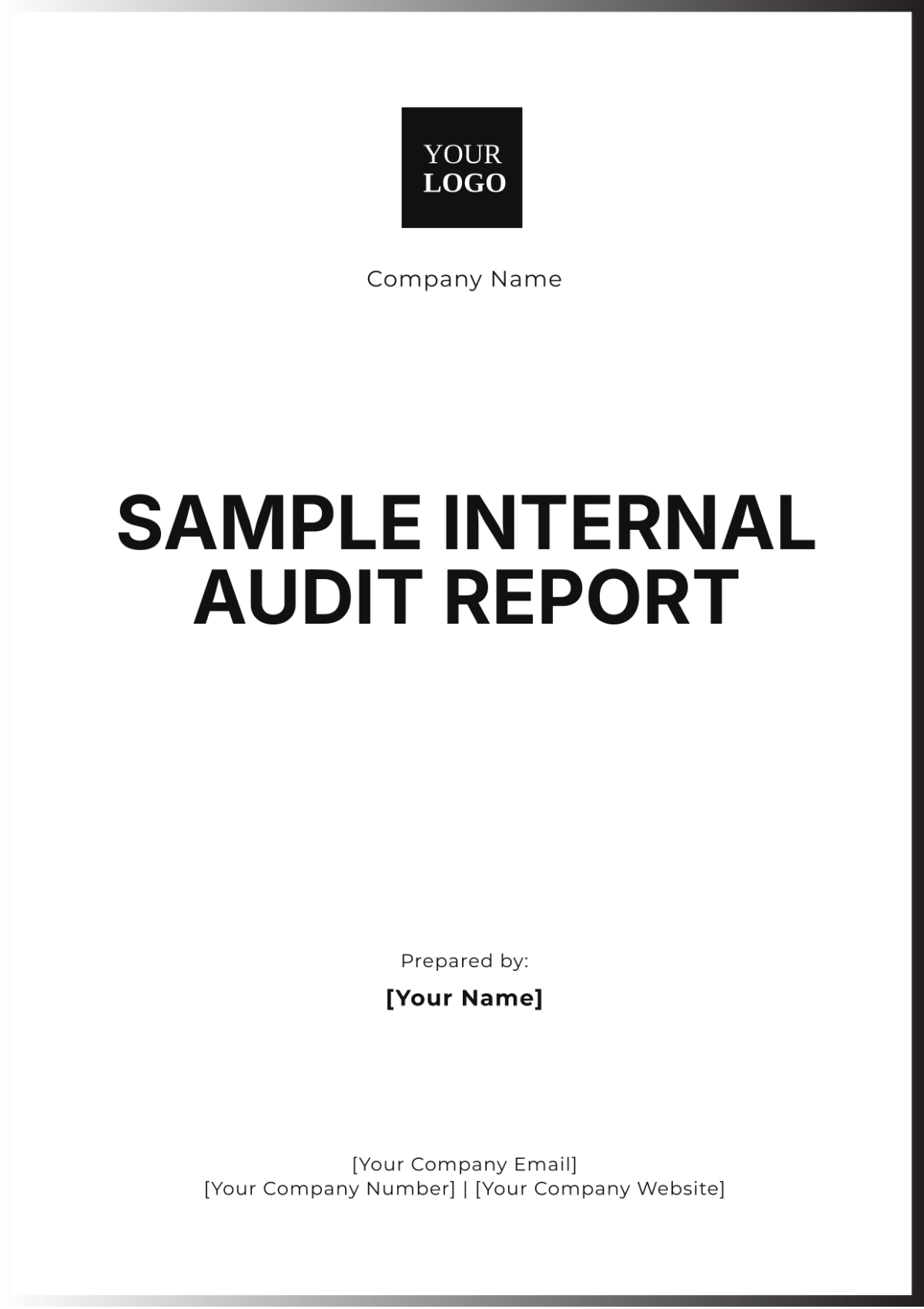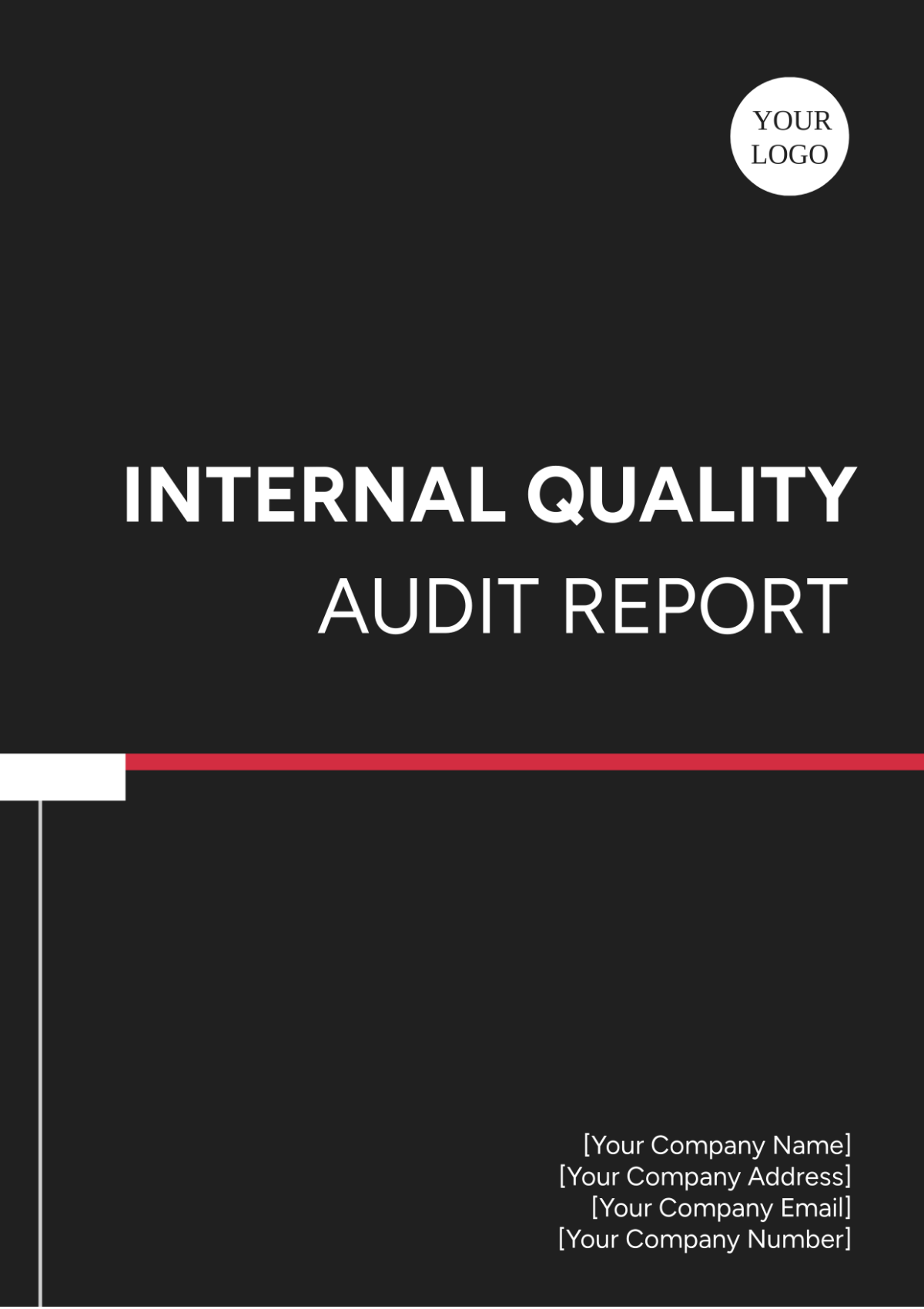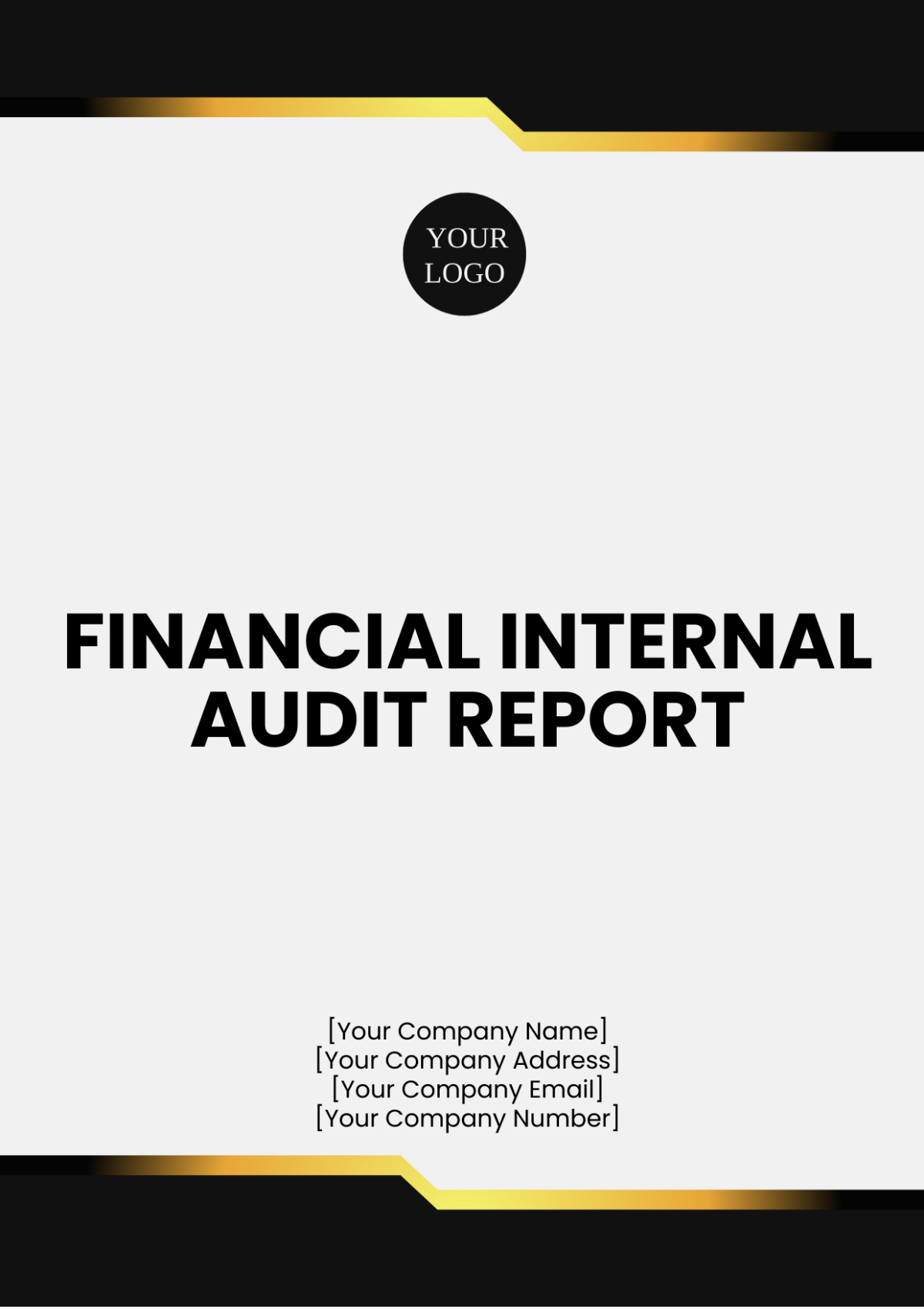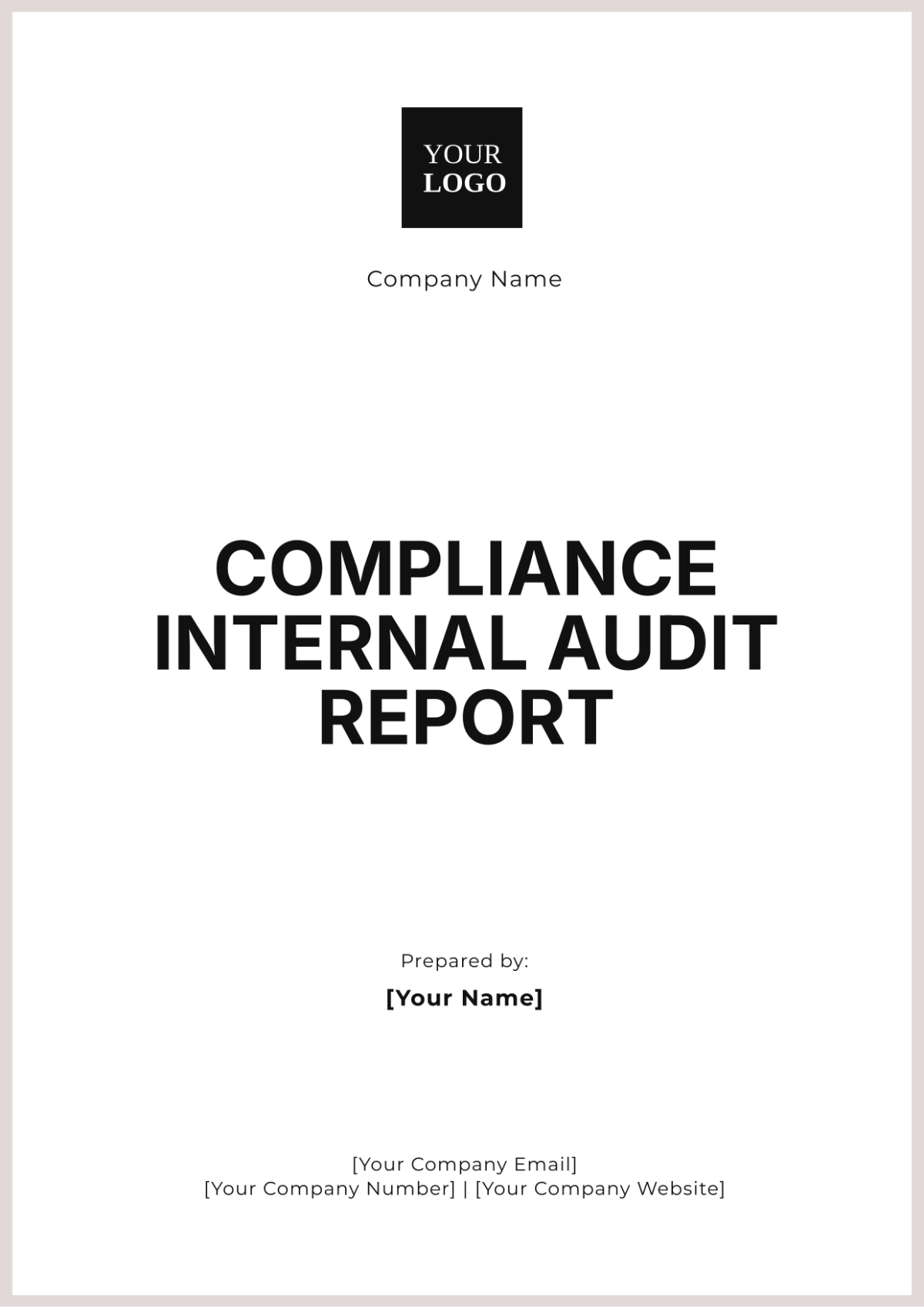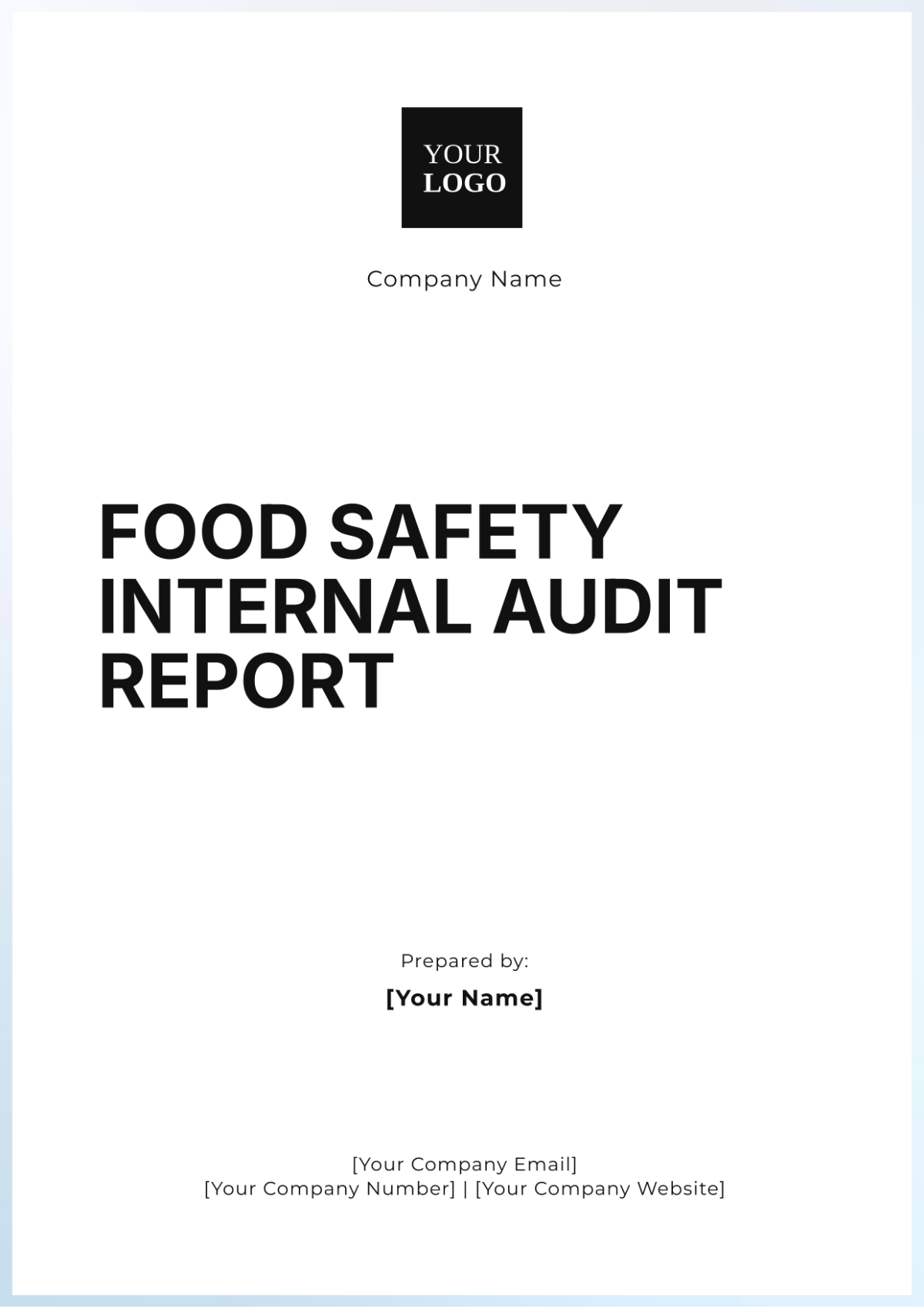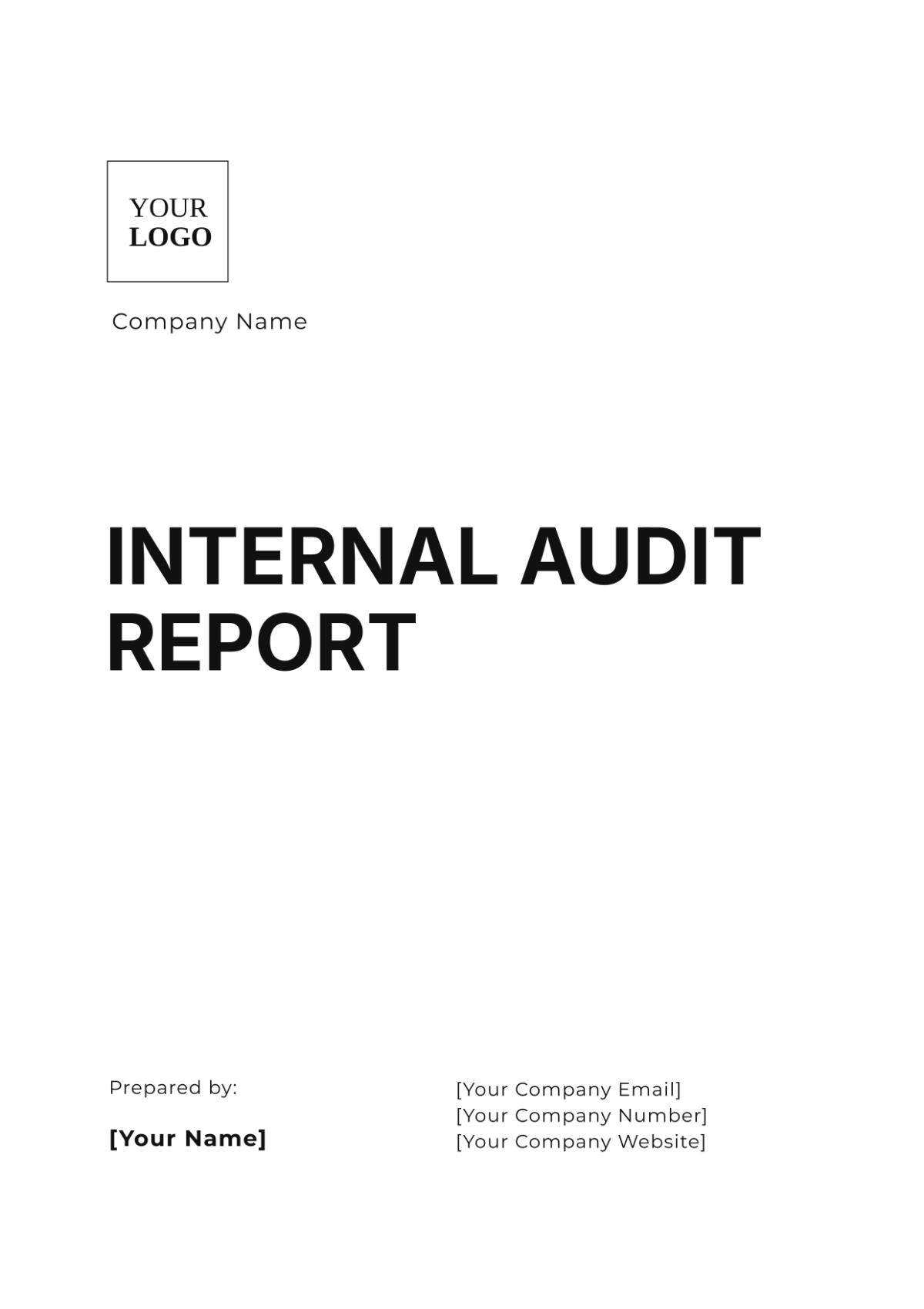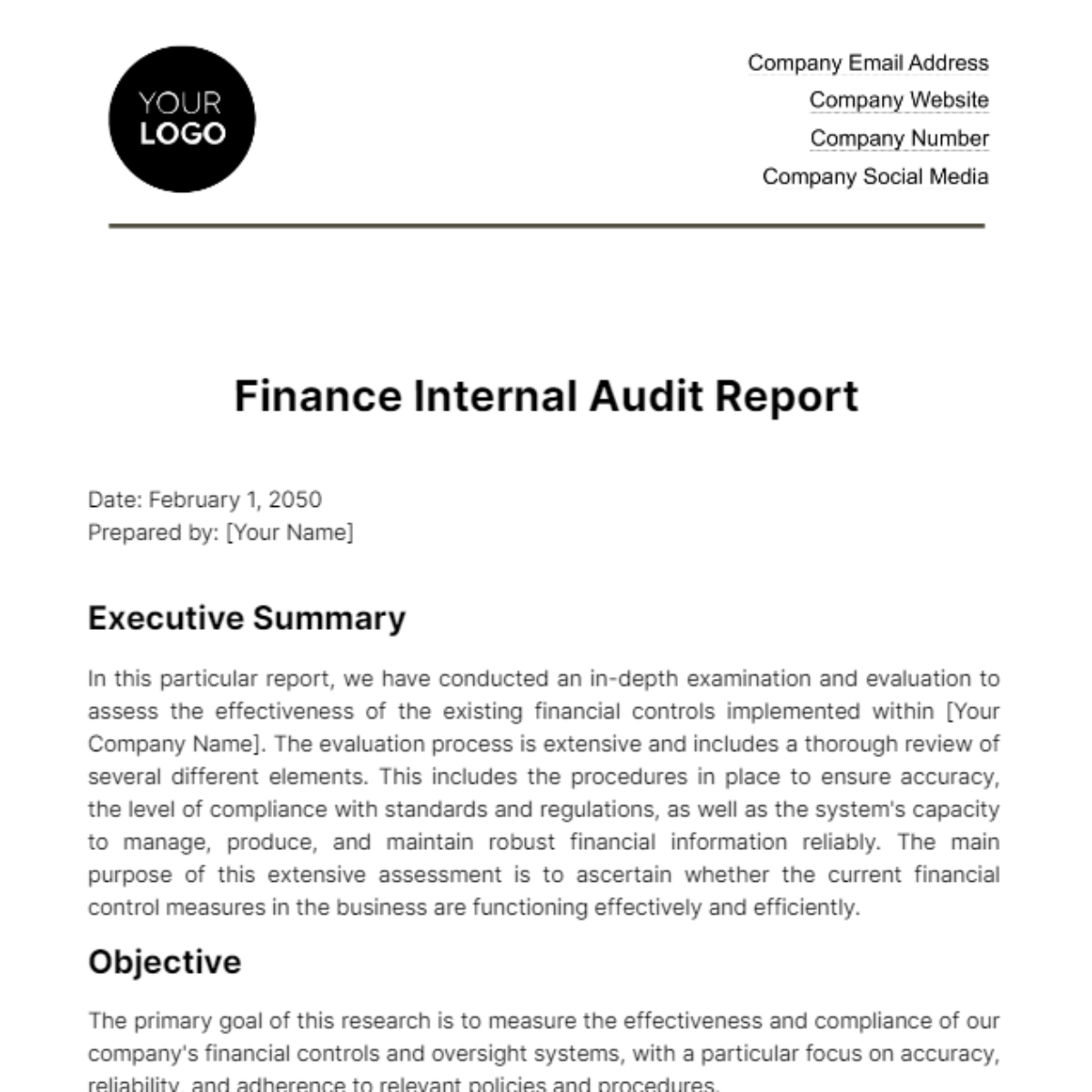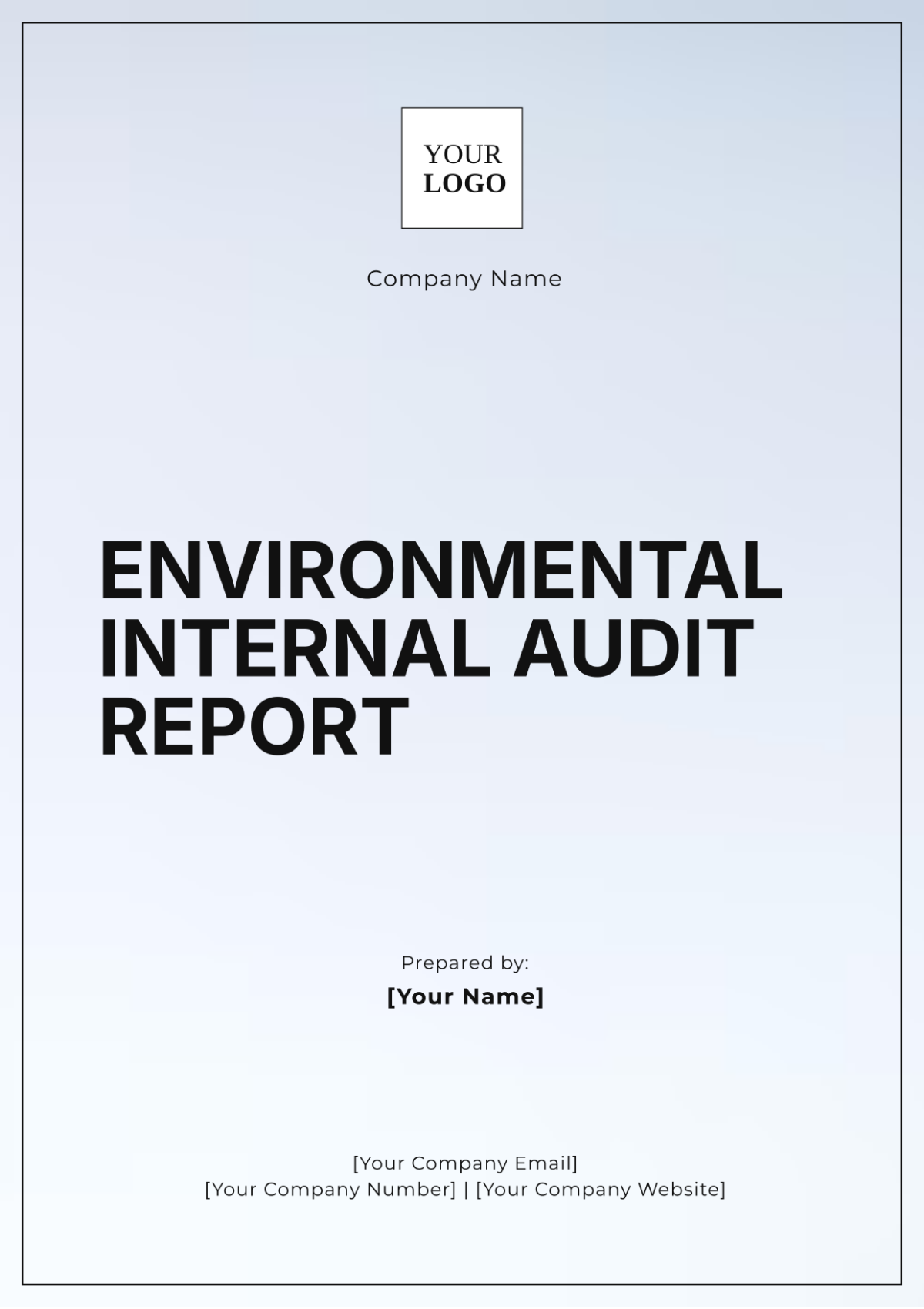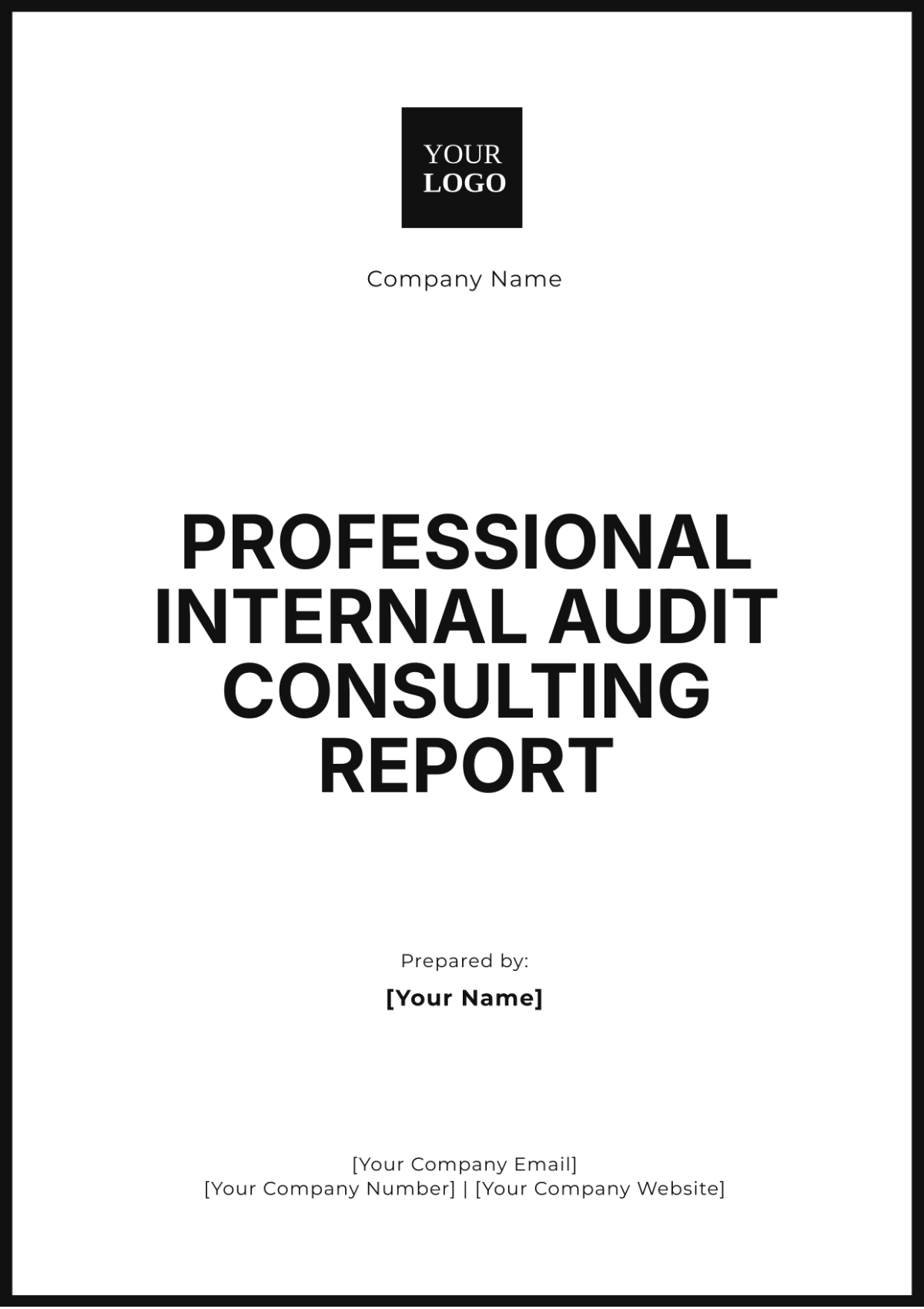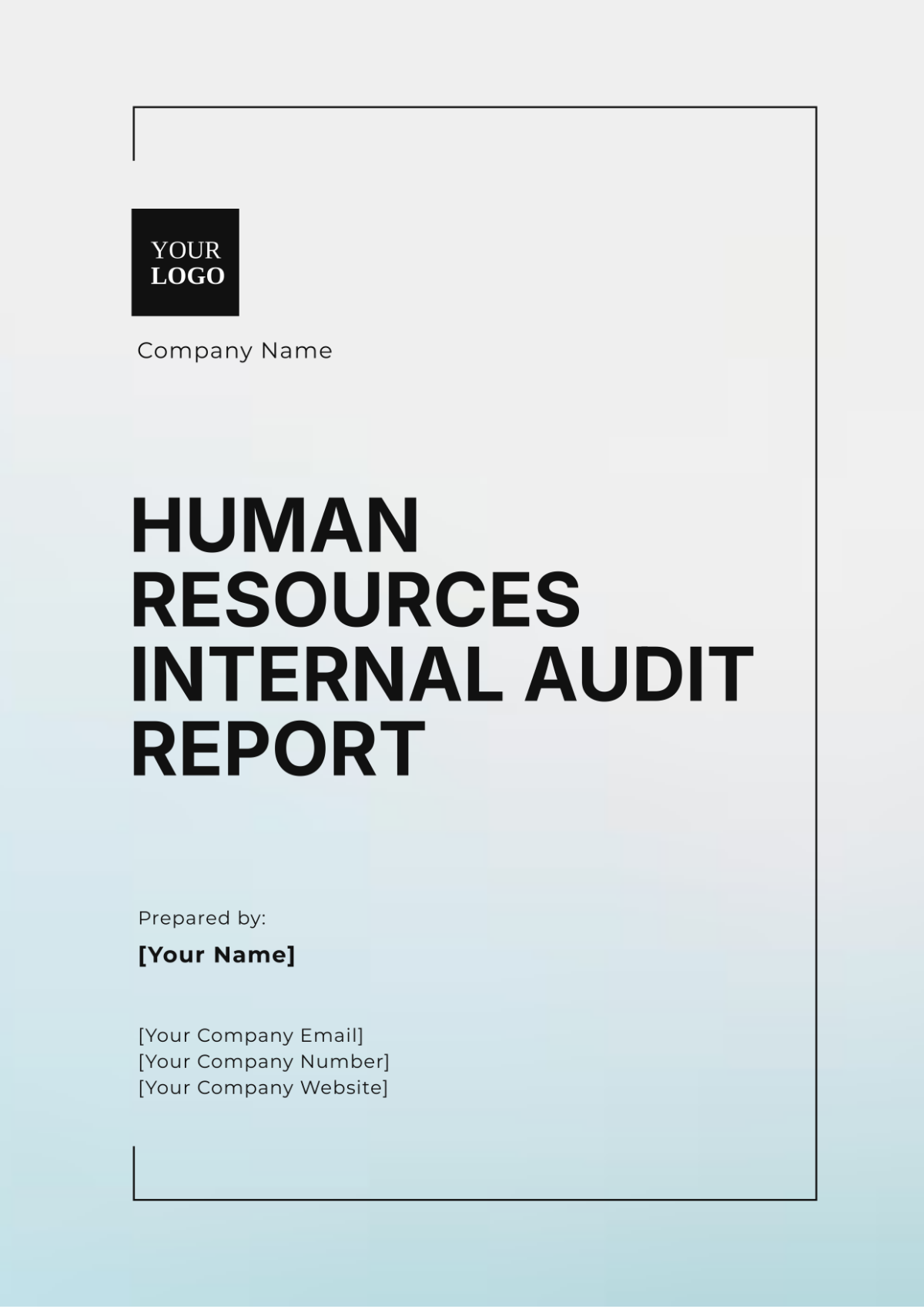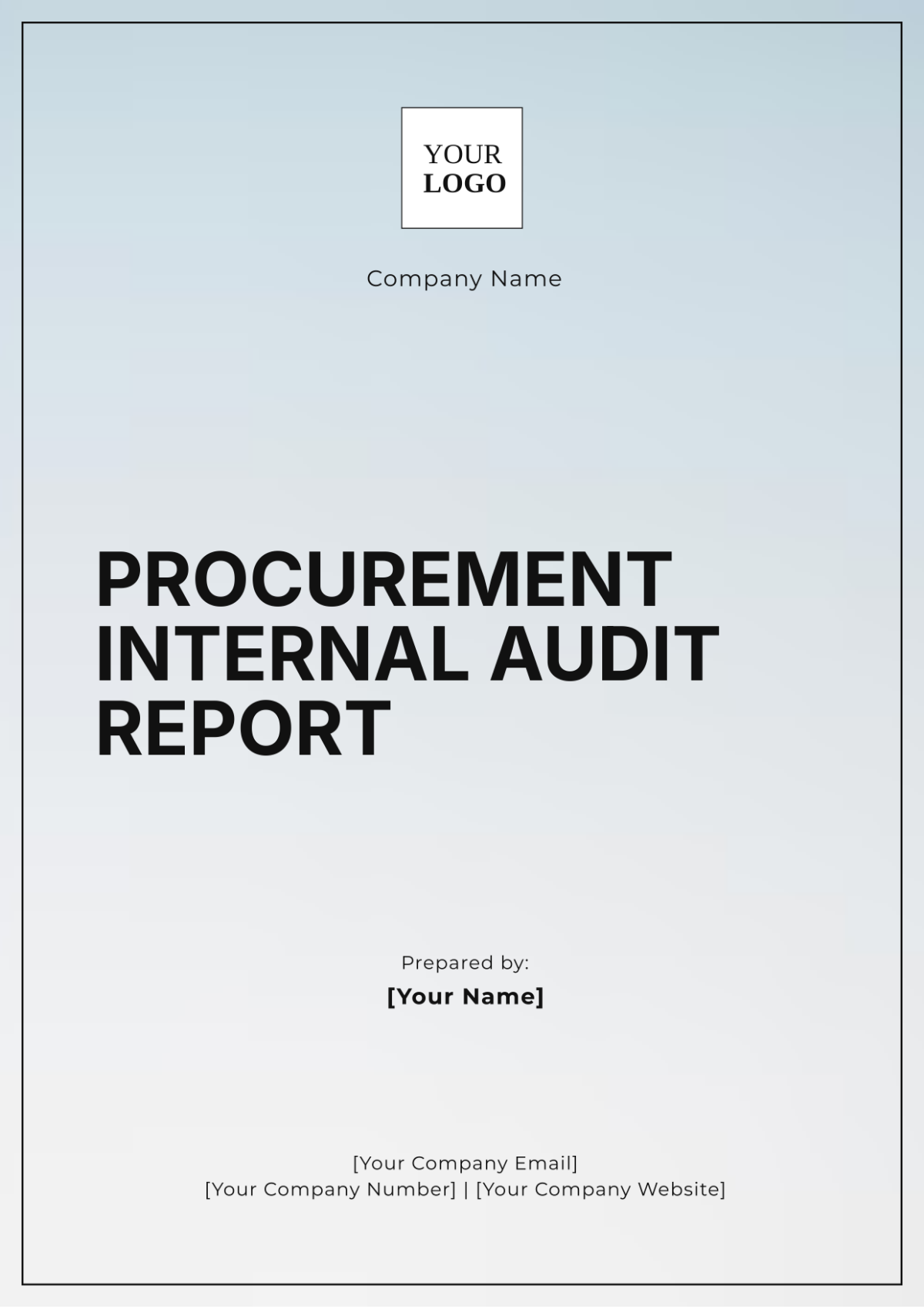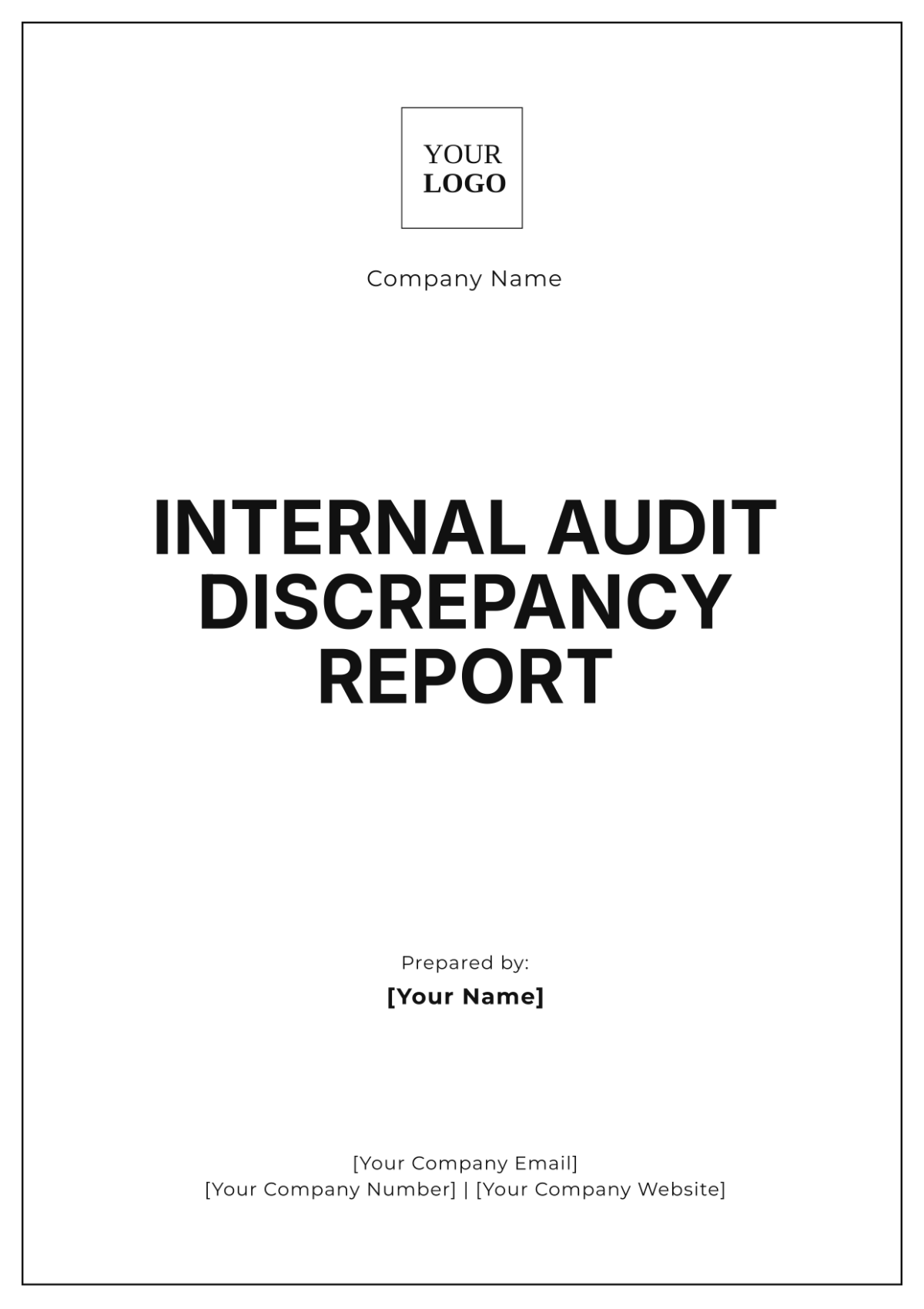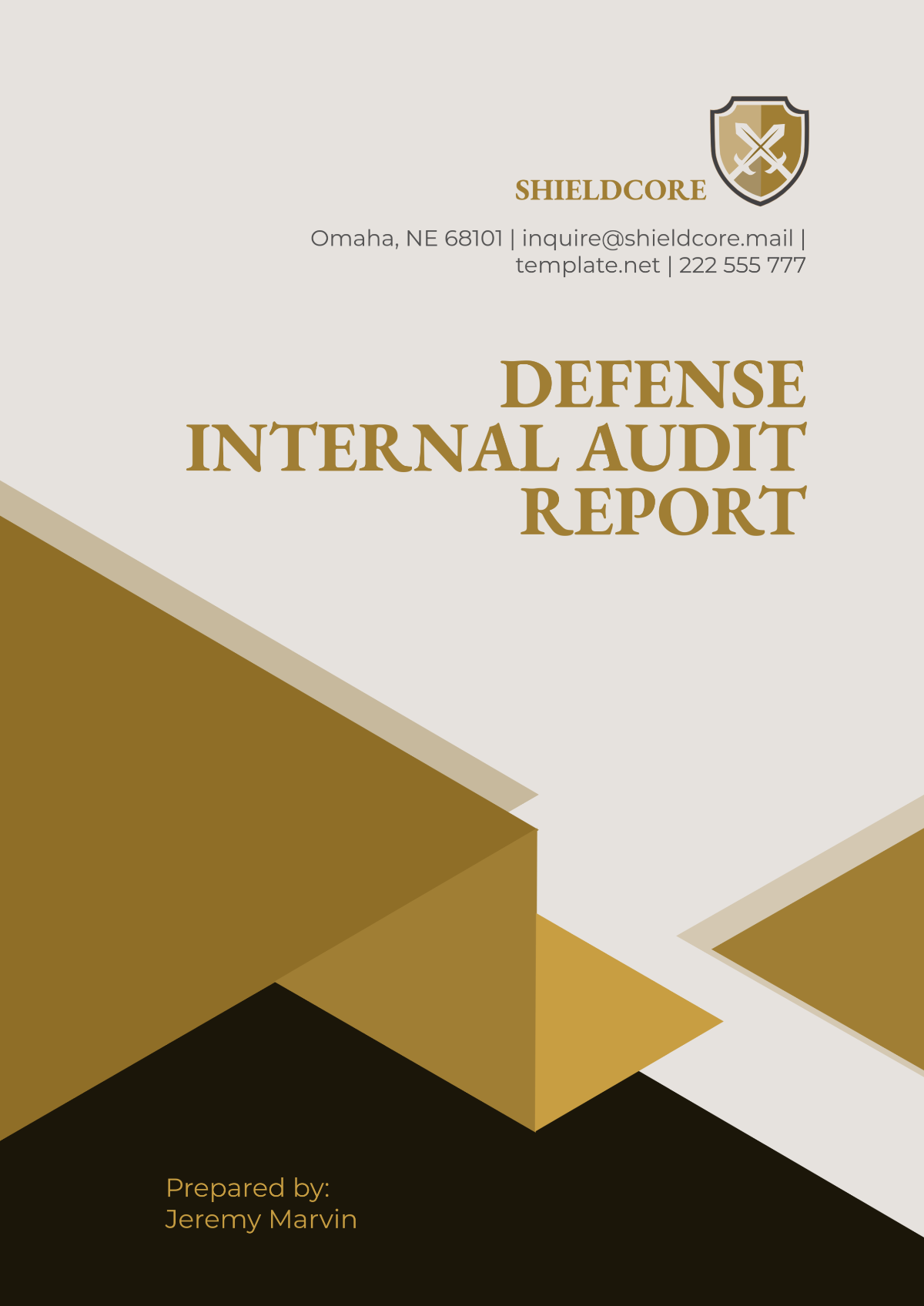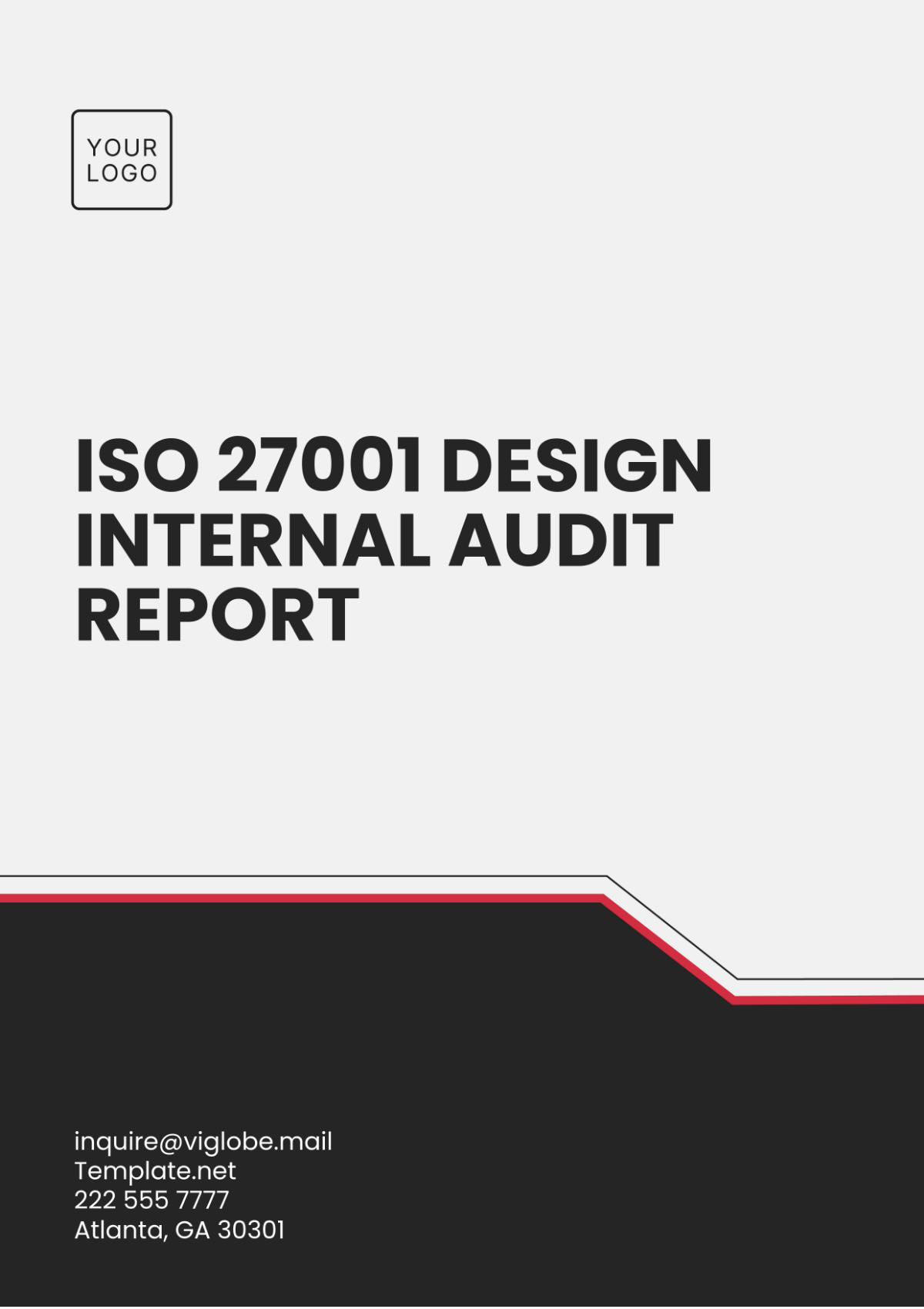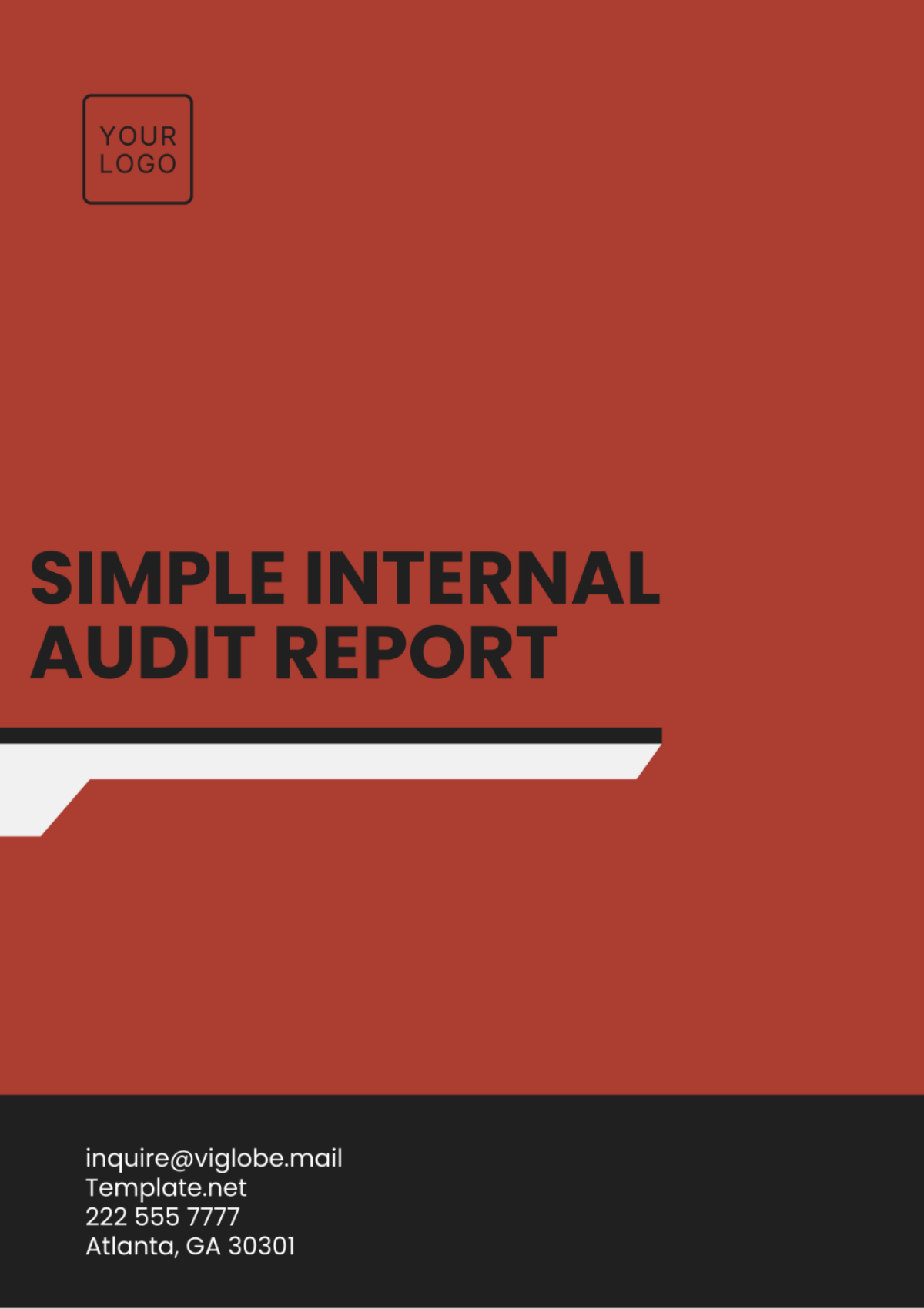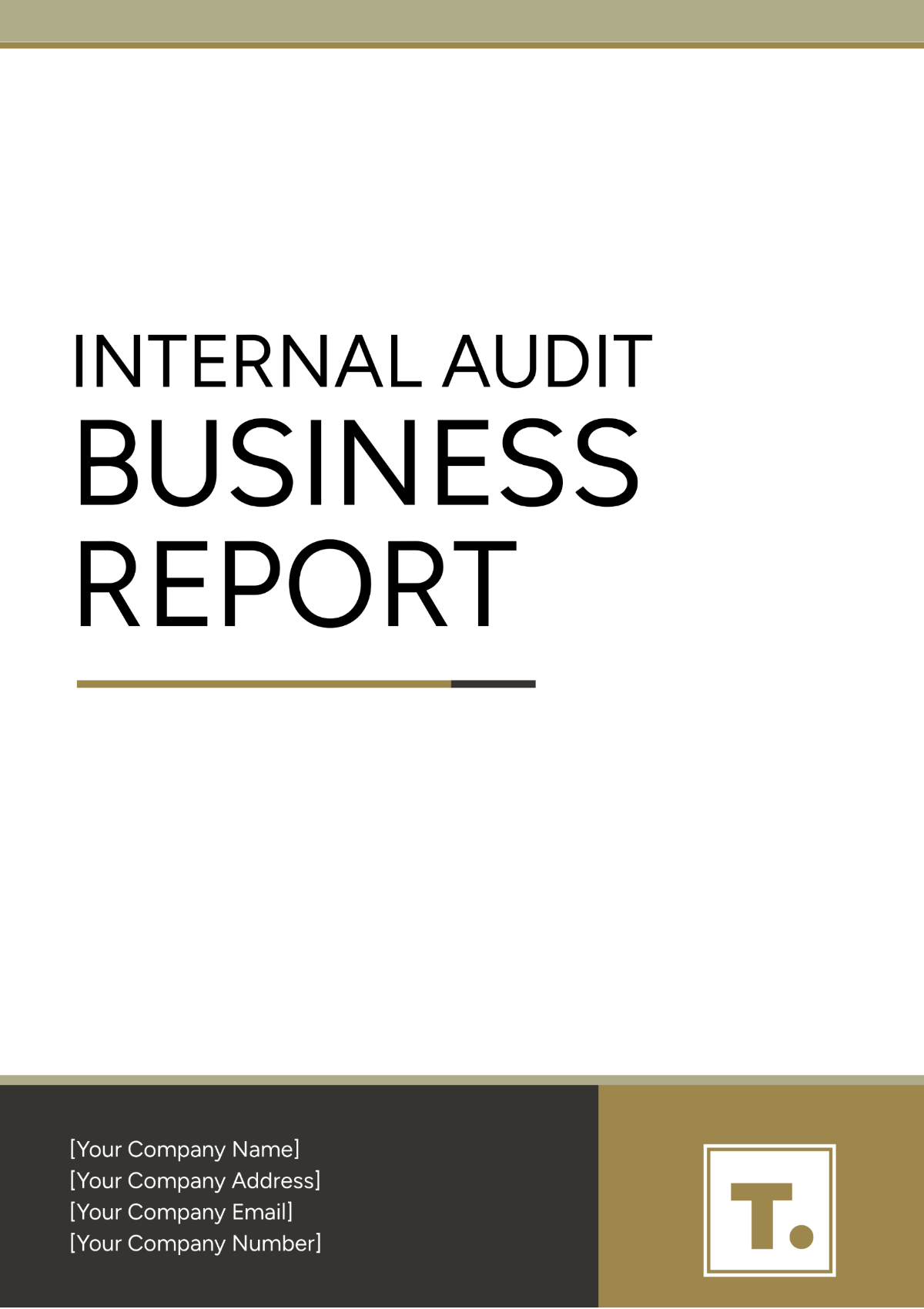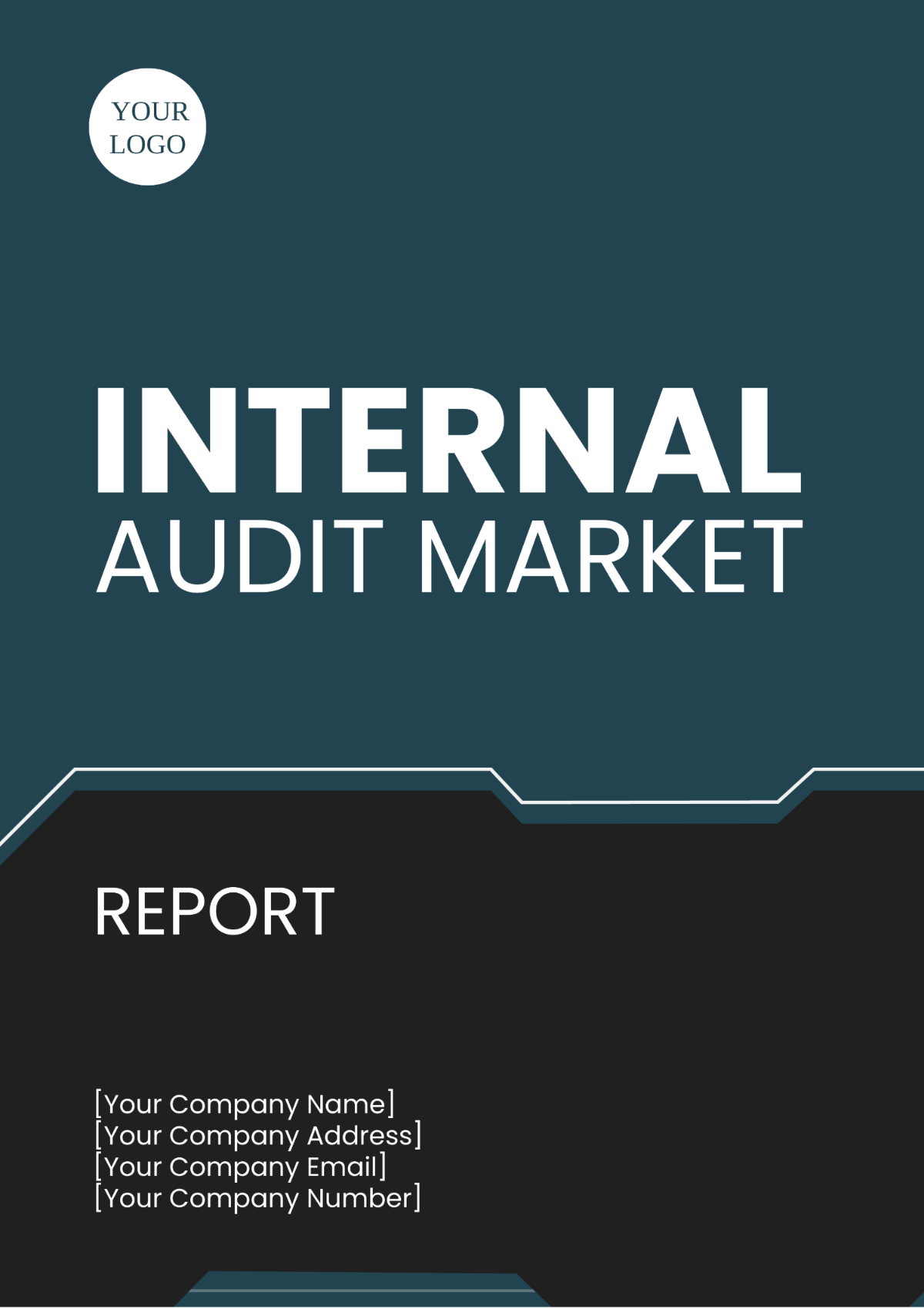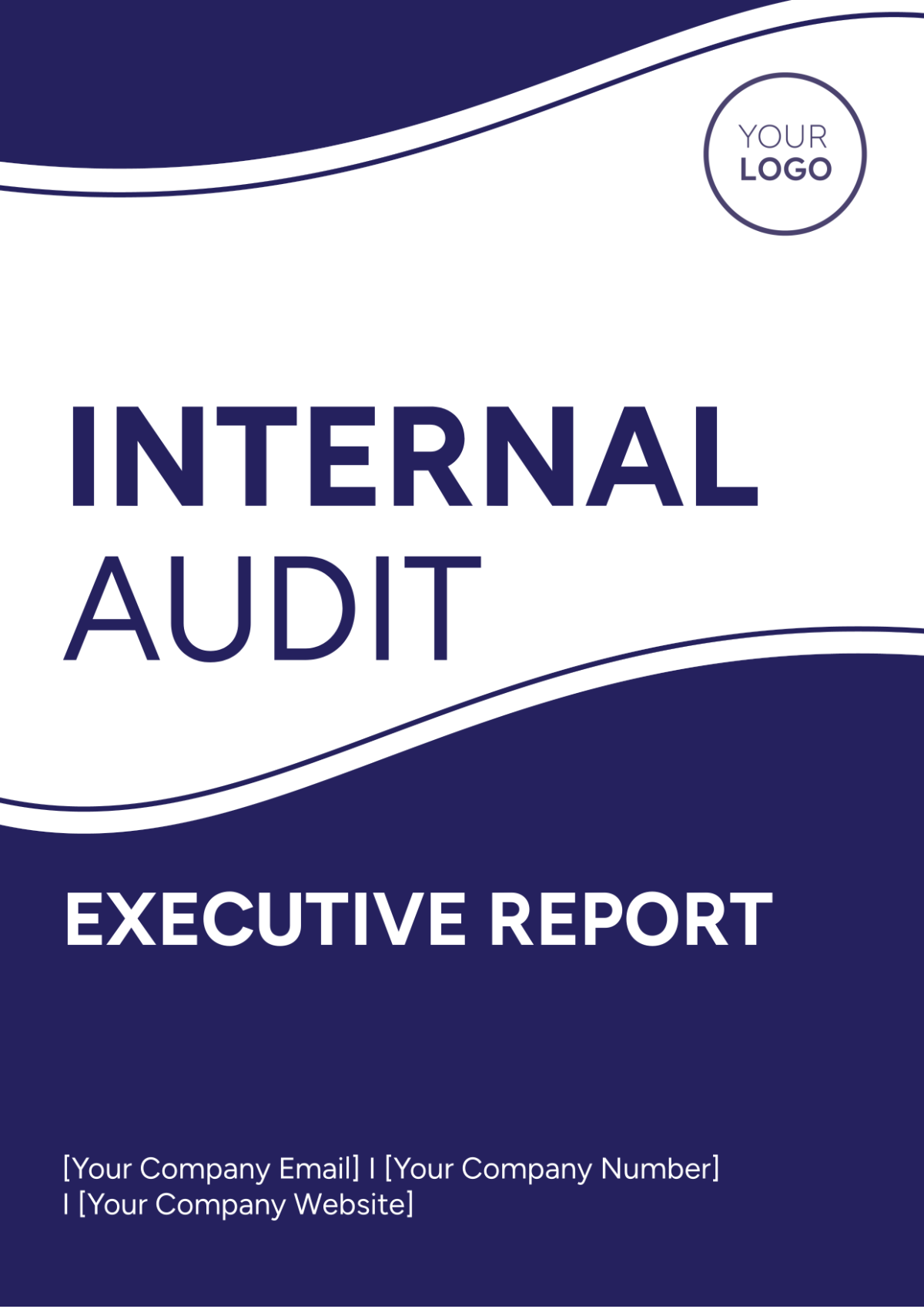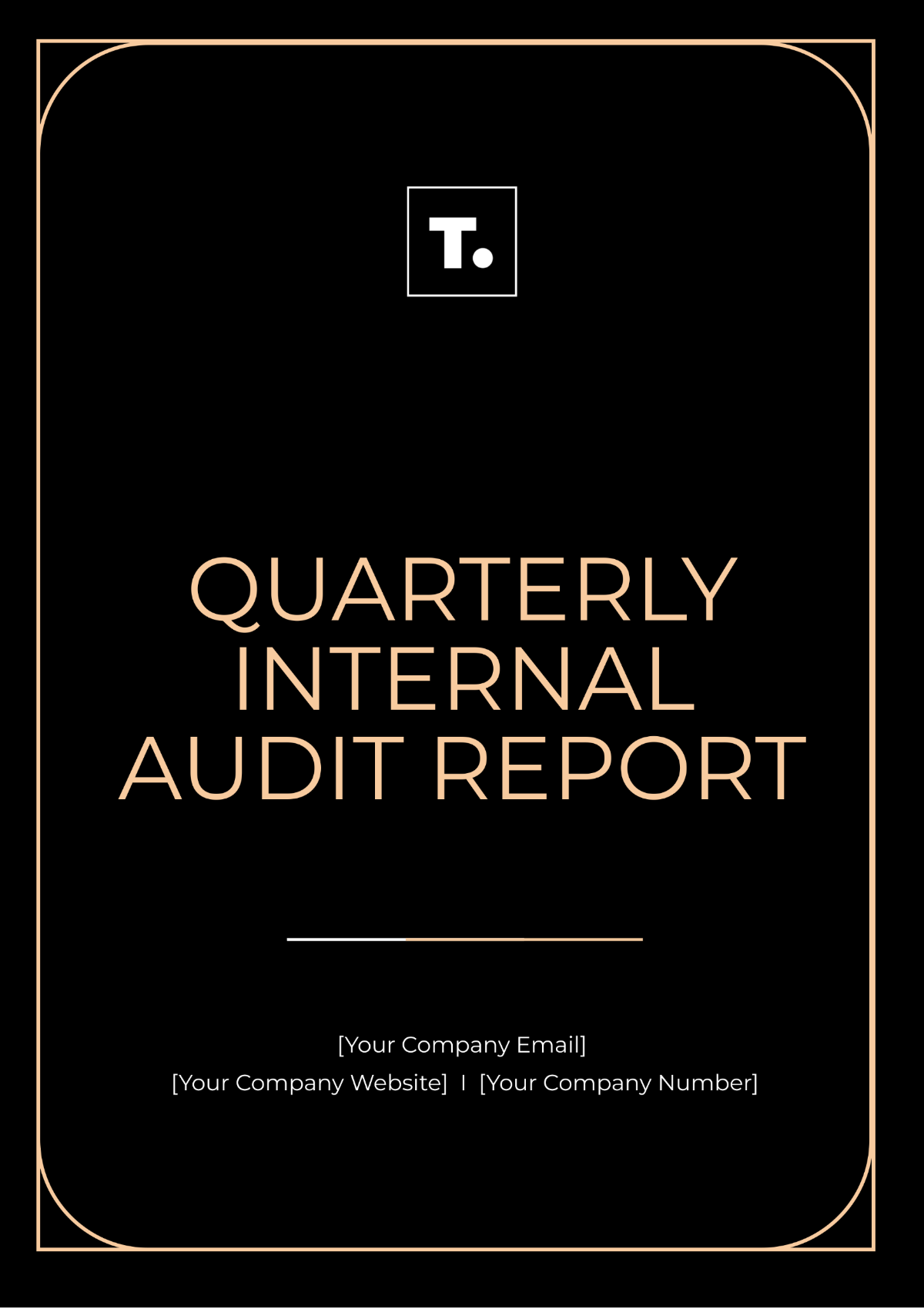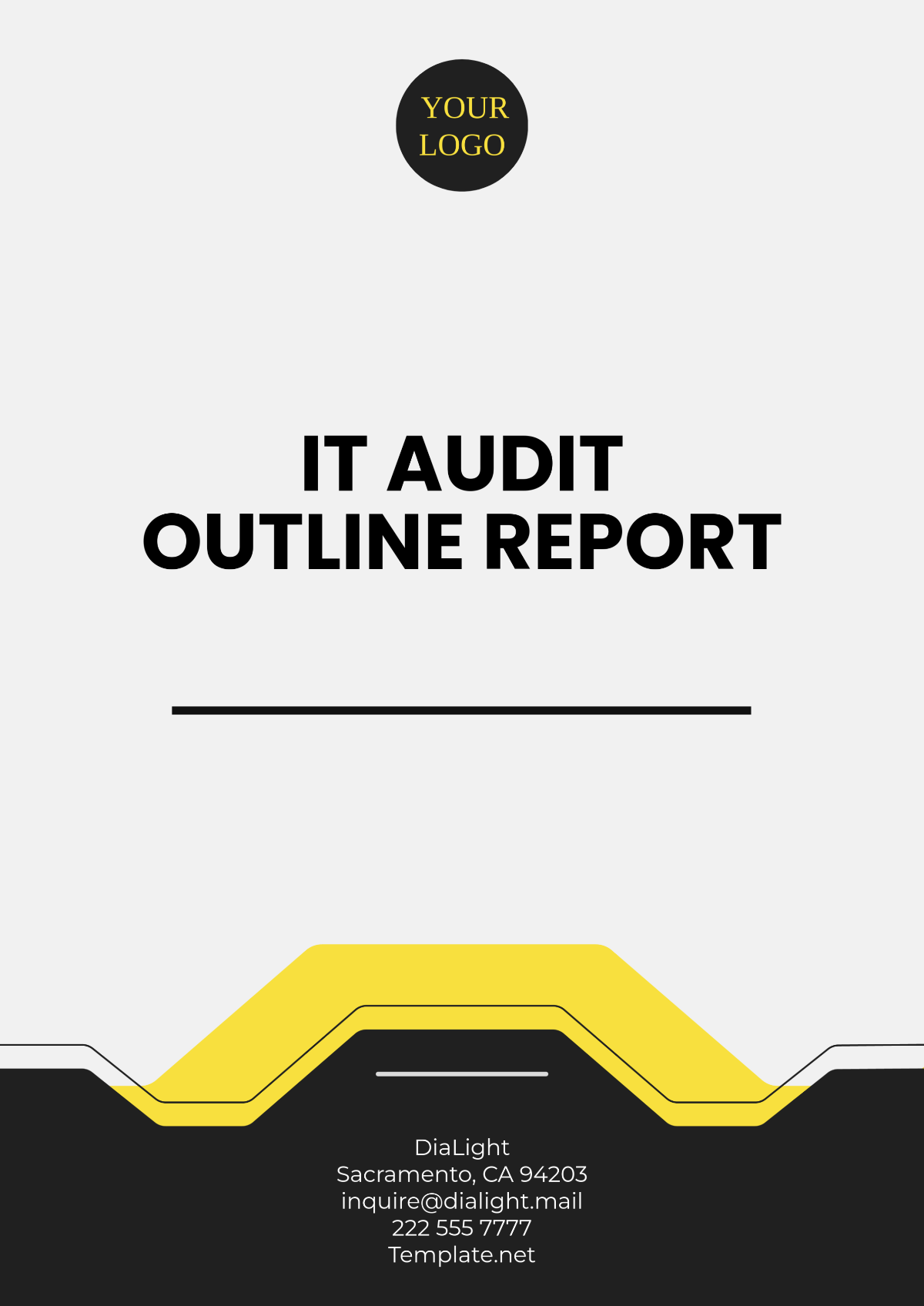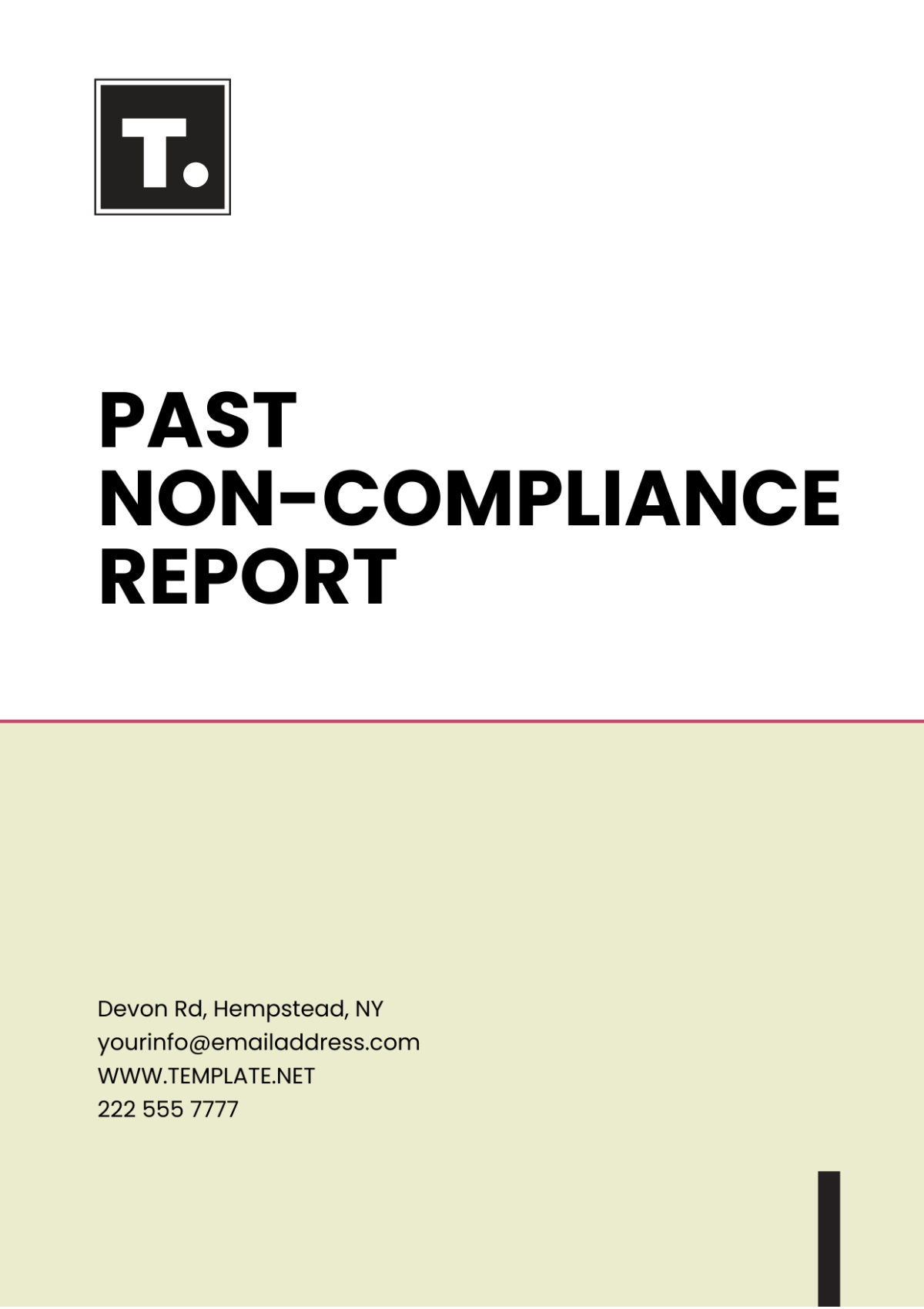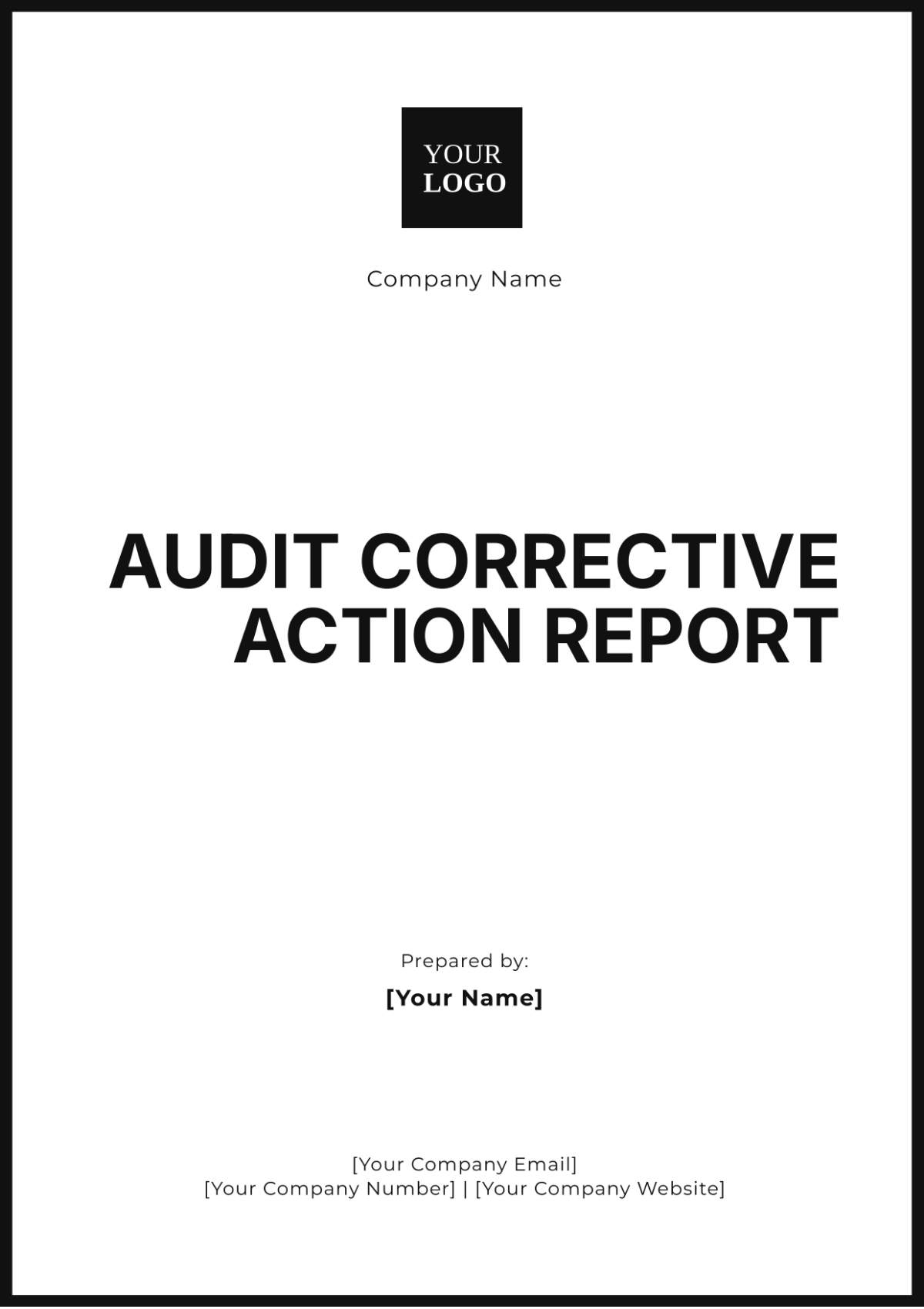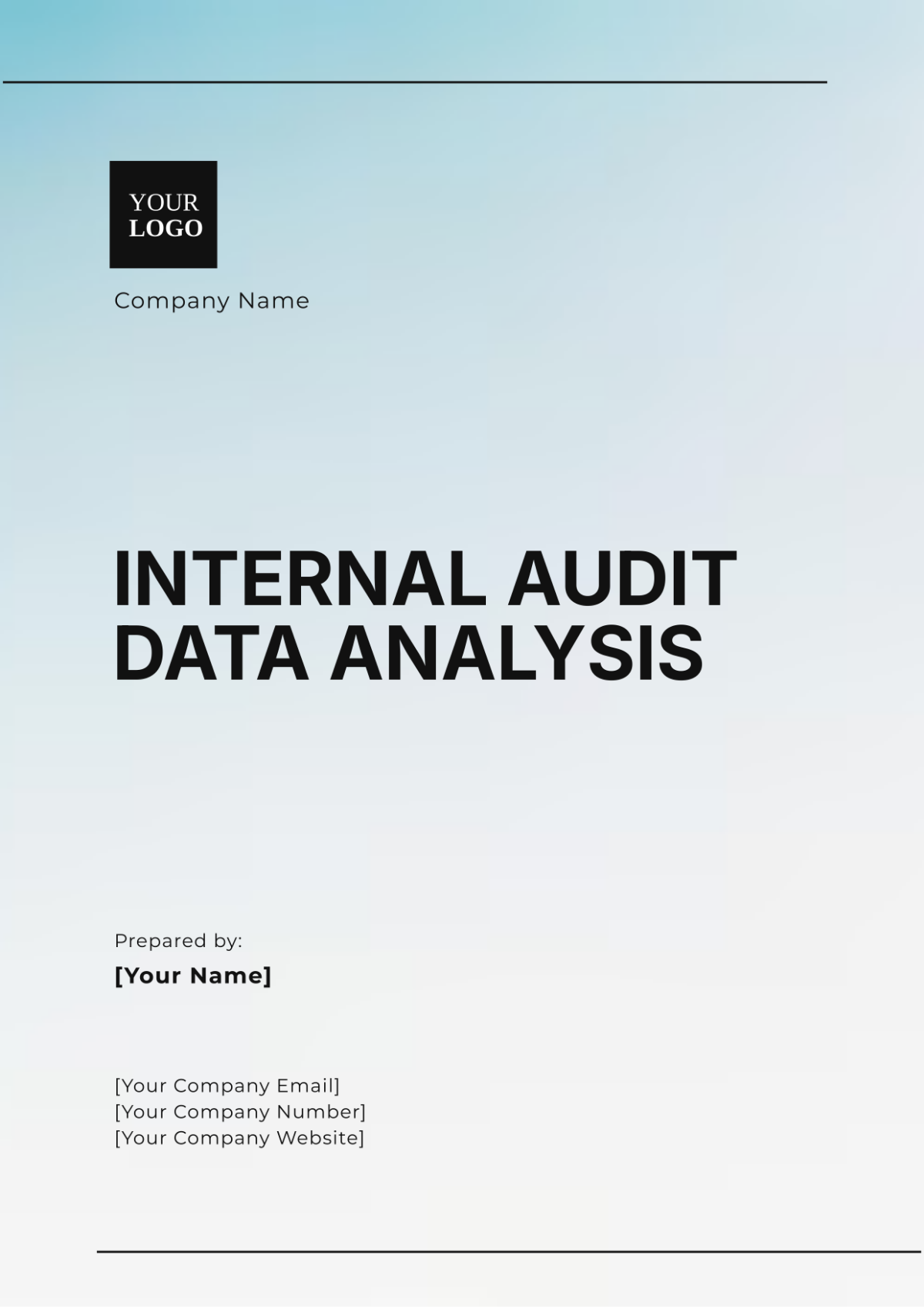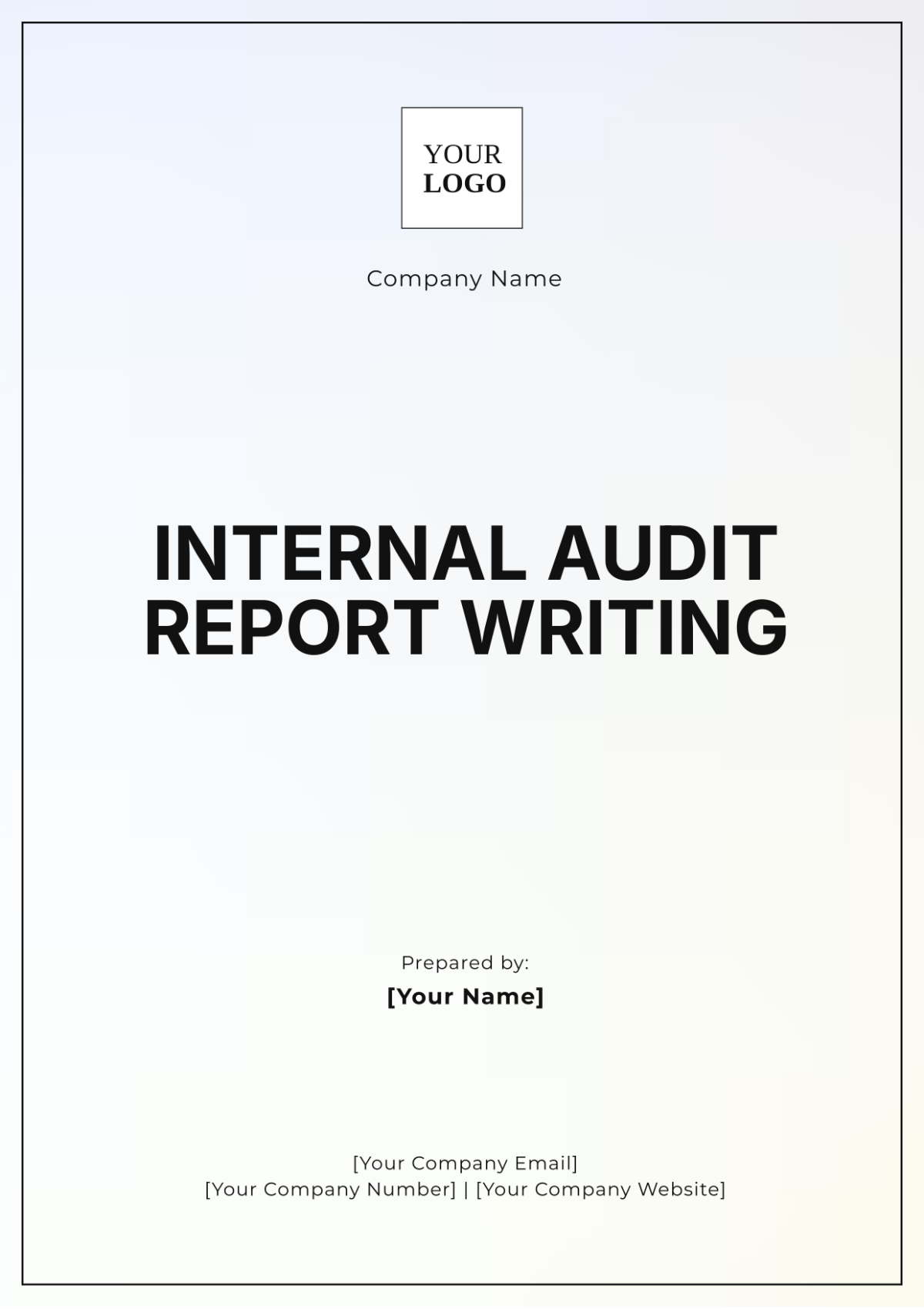Monthly Internal Audit Report
I. Executive Summary
In December 2050, an internal audit was conducted to evaluate the compliance and operational effectiveness of 10 departments within [Your Company Name]. This comprehensive assessment focused on ensuring alignment with corporate policies, strengthening internal controls, and enhancing risk management practices. The report highlights key findings, actionable recommendations, and corrective measures taken to address the areas needing improvement. Overall, the audit revealed strong operational compliance but identified specific areas where improvements are necessary for sustained success.
II. Audit Objectives
The primary objectives of the internal audit were to:
Assess departmental adherence to [Your Company Name]'s policies, procedures, and regulatory requirements.
Evaluate the effectiveness and consistency of internal control frameworks across departments.
Identify risks associated with operational processes and recommend mitigation strategies to safeguard business continuity.
III. Key Findings
A. Operational Compliance
Out of 10 departments audited, 8 departments (Finance, IT, Sales, Marketing, etc.) exhibited full compliance with established corporate guidelines, showcasing a high level of operational efficiency.
Two departments (Human Resources, and Procurement) demonstrated minor non-compliance issues. These deviations primarily involved incomplete documentation, delays in approval processes, and minor breaches of procedural guidelines that required corrective actions.
B. Internal Controls
The overall effectiveness of internal controls was rated highly, with systems in most departments being robust and properly implemented. This reflects the organization's commitment to maintaining stringent control measures.
However, three instances were identified where internal control processes need strengthening, particularly in Procurement, Human Resources, and Logistics, where approval workflows were inconsistent, and segregation of duties was insufficient.
C. Risk Management
Most departments have successfully implemented risk mitigation strategies, notably in Finance and IT, where high-risk areas were proactively managed.
However, certain departments, such as Operations and Human Resources, lacked a comprehensive and formalized risk assessment framework. Risk mitigation efforts were reactive rather than proactive, potentially exposing these departments to unforeseen challenges in the future.
IV. Recommendations
Compliance Improvement: Provide targeted compliance training for staff in the 2 departments that showed minor non-compliance (Human Resources and Procurement). This should focus on clarifying company policies, enhancing awareness of best practices, and standardizing documentation processes.
Internal Control Enhancement: Strengthen internal control mechanisms in areas where weaknesses were identified, particularly in the Procurement and Logistics departments. This may involve refining approval hierarchies, automating certain processes, and enforcing stricter segregation of duties to minimize risk.
Risk Management Framework: Develop and enforce a comprehensive, company-wide risk assessment framework to ensure all departments proactively identify and mitigate potential risks. This framework should include regular risk assessments, scenario planning, and contingency measures.
V. Corrective Actions Taken
A. Training Programs
A series of in-depth, department-specific training sessions were held for staff in Human Resources and Procurement to address the compliance gaps identified in the audit. These sessions included workshops on updated company policies, regulatory compliance, and internal audit expectations. Post-training evaluations indicated a marked improvement in staff understanding and adherence.
B. Strengthened Internal Controls
Following the audit, new control measures were implemented in Procurement and Logistics, including the introduction of automated approval workflows and enhanced tracking systems. Monitoring protocols have also been bolstered to provide real-time oversight of critical processes, ensuring timely detection and correction of any deviations.
C. Risk Management
The Operations and Human Resources departments have initiated the development of formal risk assessment frameworks, with quarterly risk reviews scheduled moving forward. A cross-functional risk management committee has been established to ensure consistent implementation across the company.
VI. Audit Metrics
Department | Compliance Score | Internal Control Effectiveness | Risk Management |
|---|---|---|---|
Finance | 95% | High | Moderate |
Human Resources | 88% | Moderate | Low |
IT | 92% | High | High |
Procurement | 85% | Moderate | Low |
Operations | 90% | High | Moderate |
Sales | 96% | High | High |
VII. Conclusion
The internal audit conducted in December 2050 provided valuable insights into the overall compliance, internal control effectiveness, and risk management practices across departments at [Your Company Name]. While the majority of departments demonstrated strong compliance, targeted corrective actions have been implemented where necessary. Moving forward, the ongoing training, enhanced internal controls, and the introduction of a formal risk management framework will ensure continued improvement and adherence to the highest operational standards.
